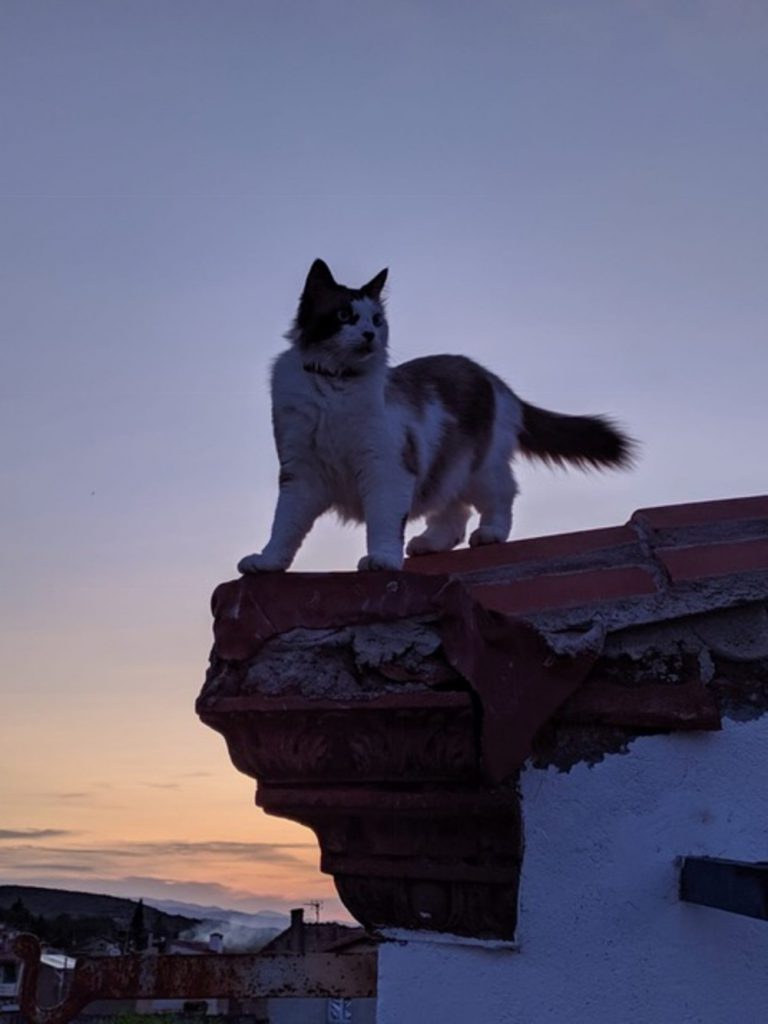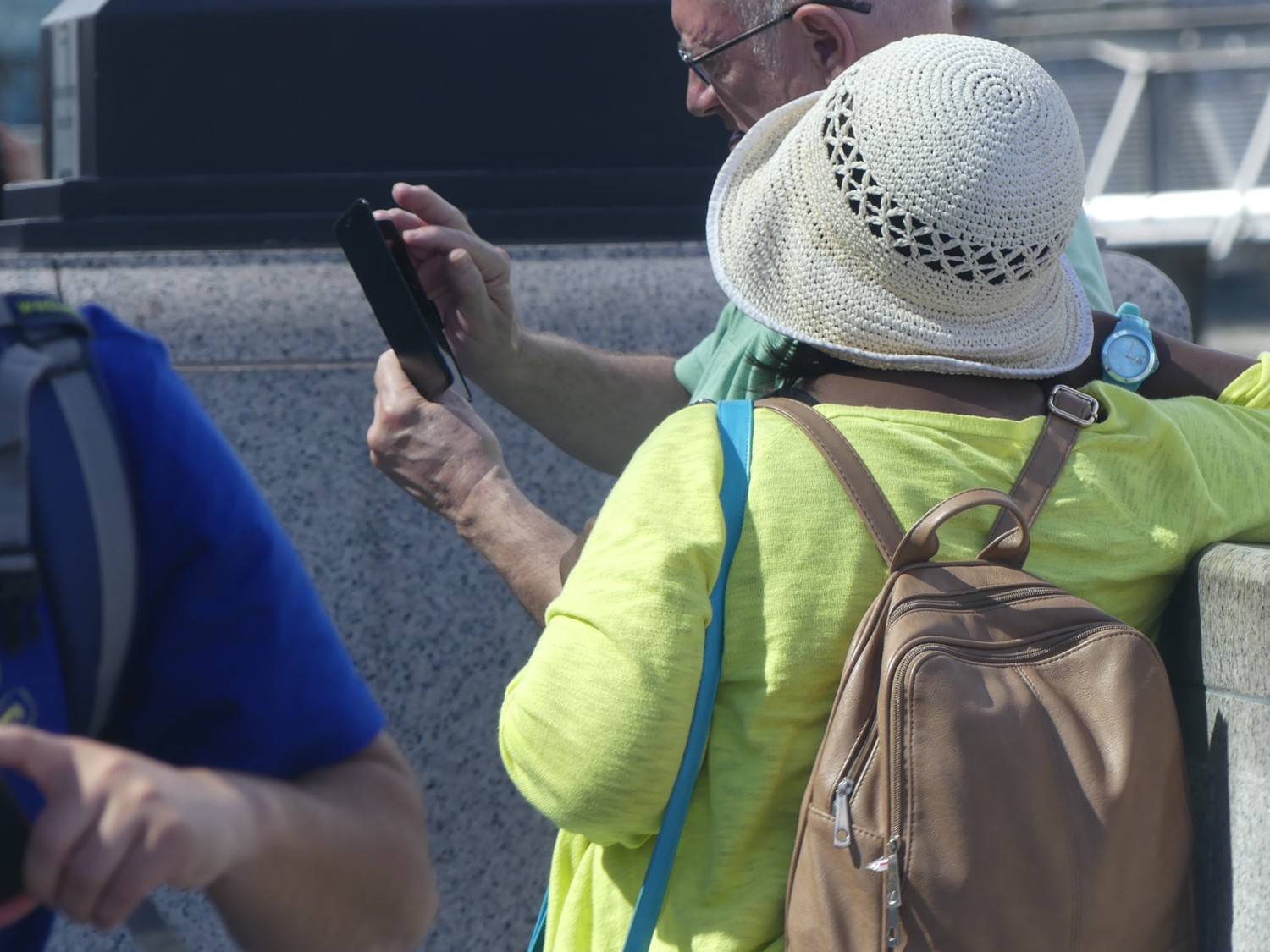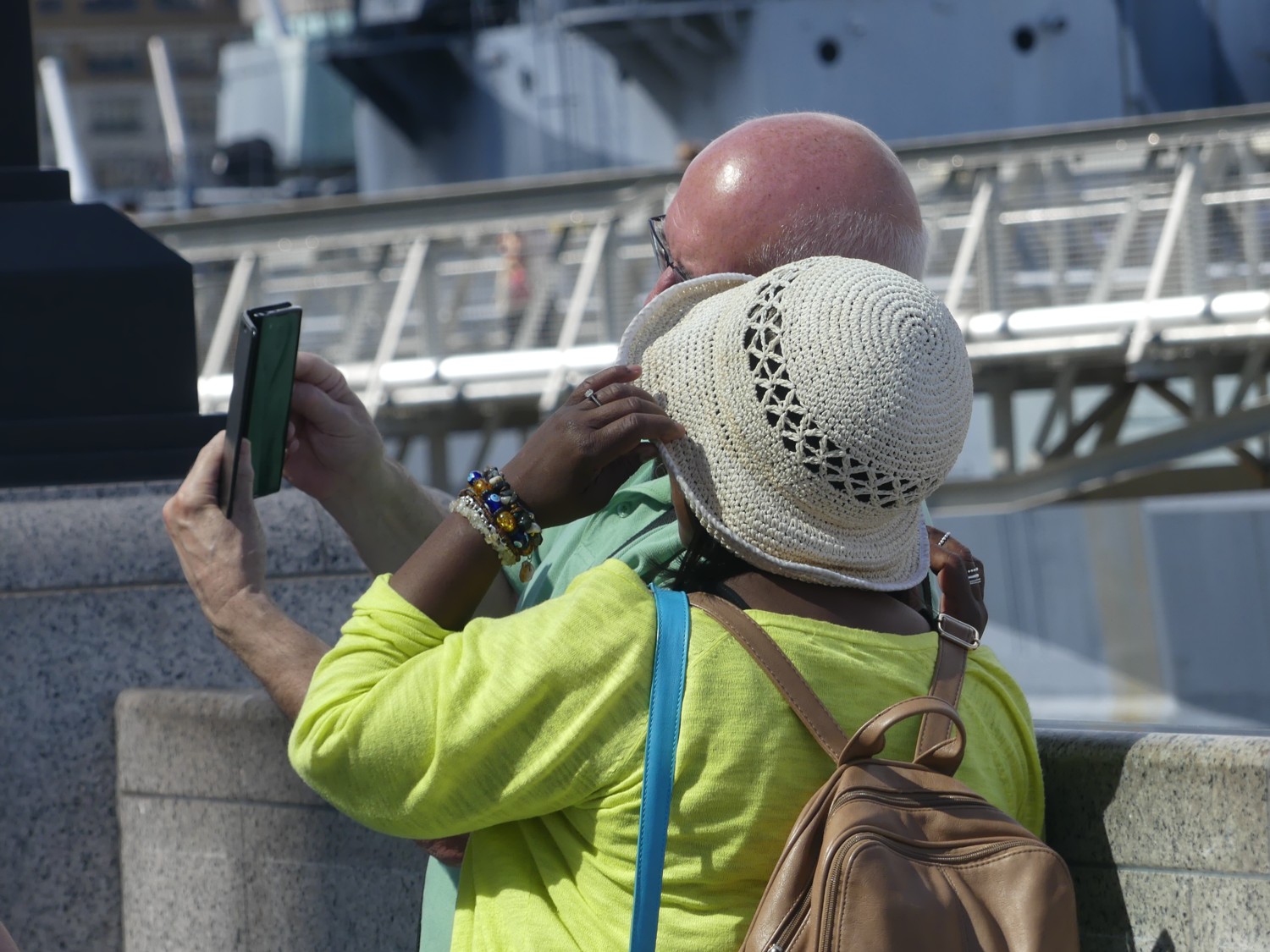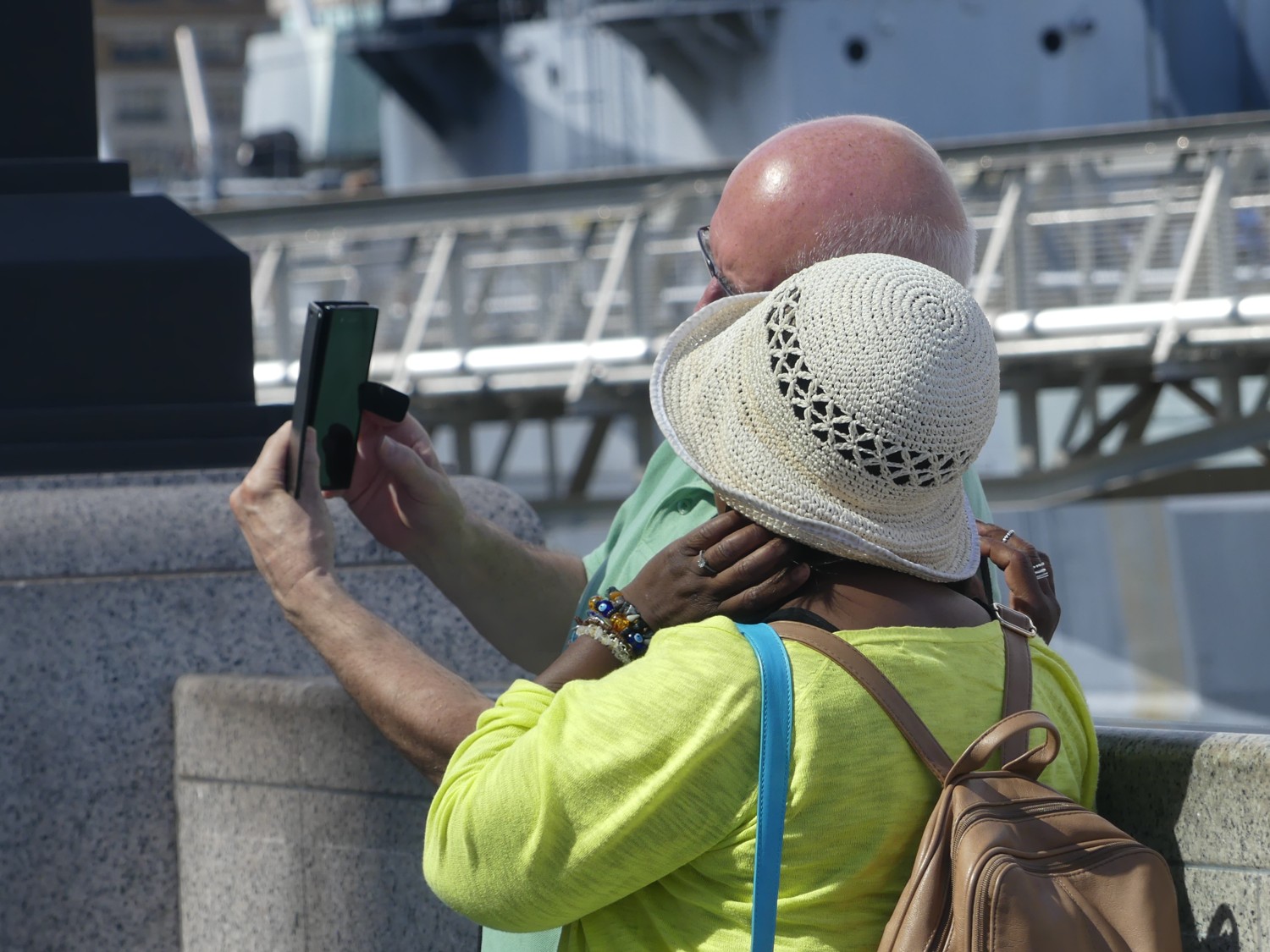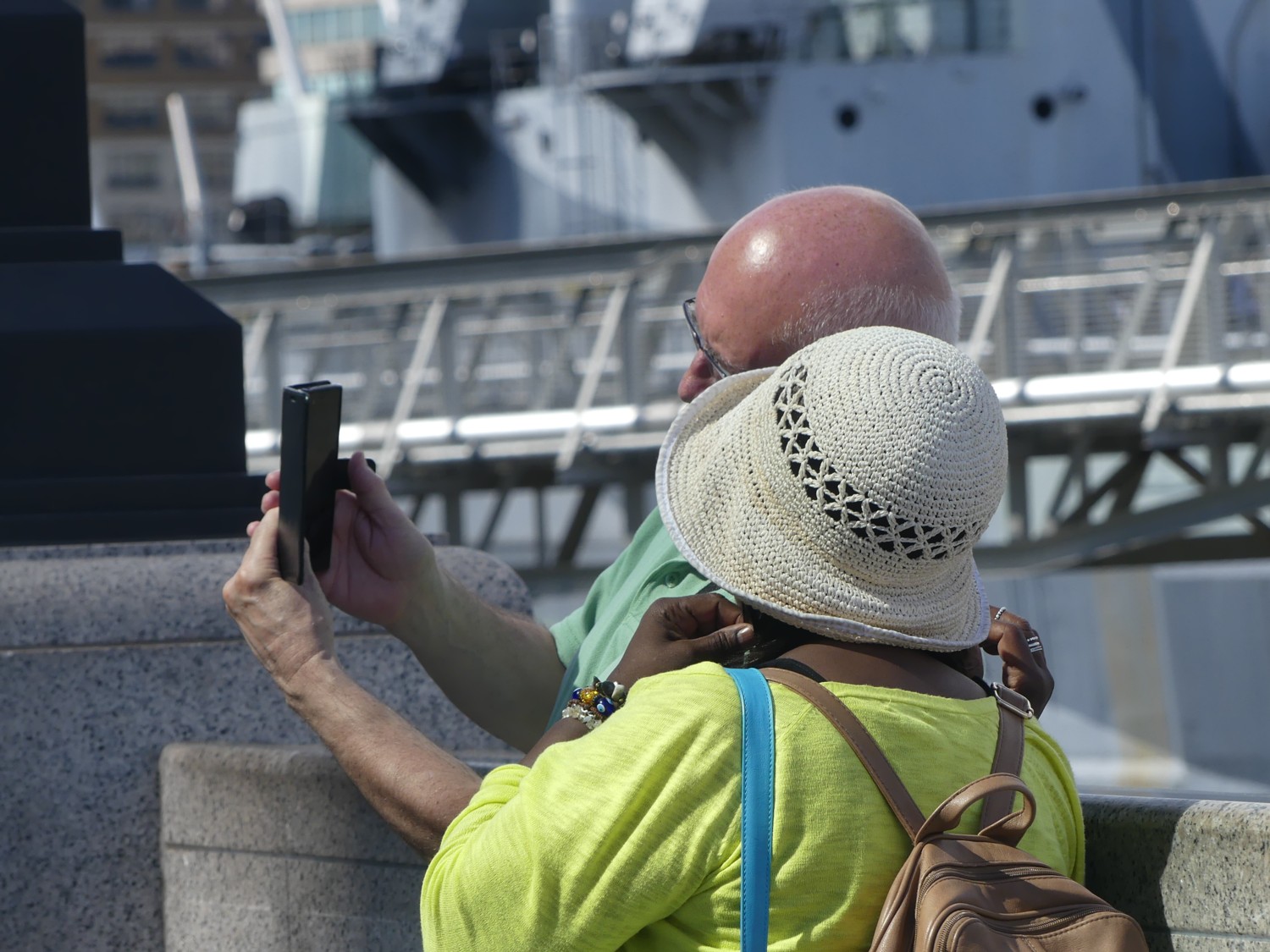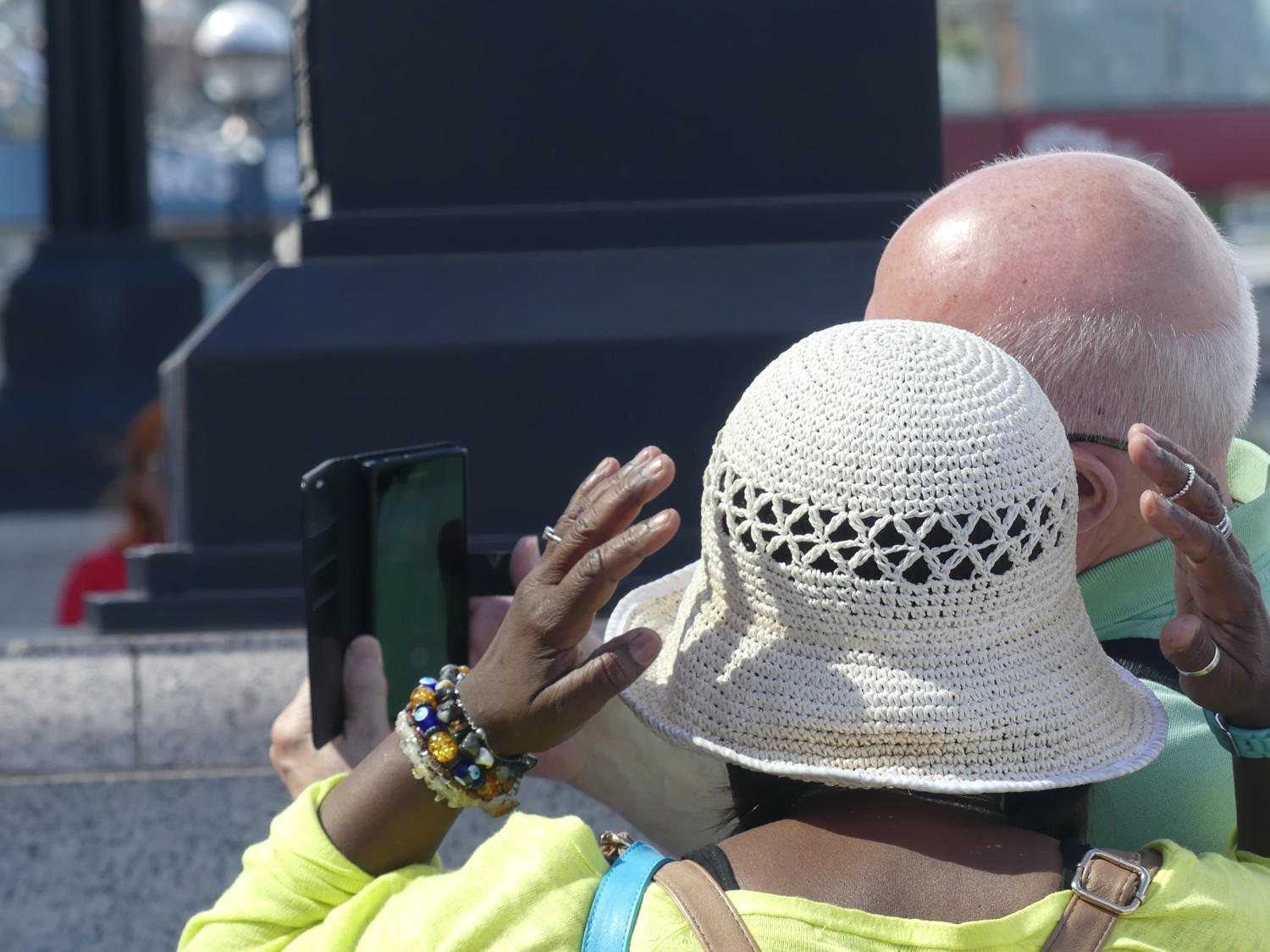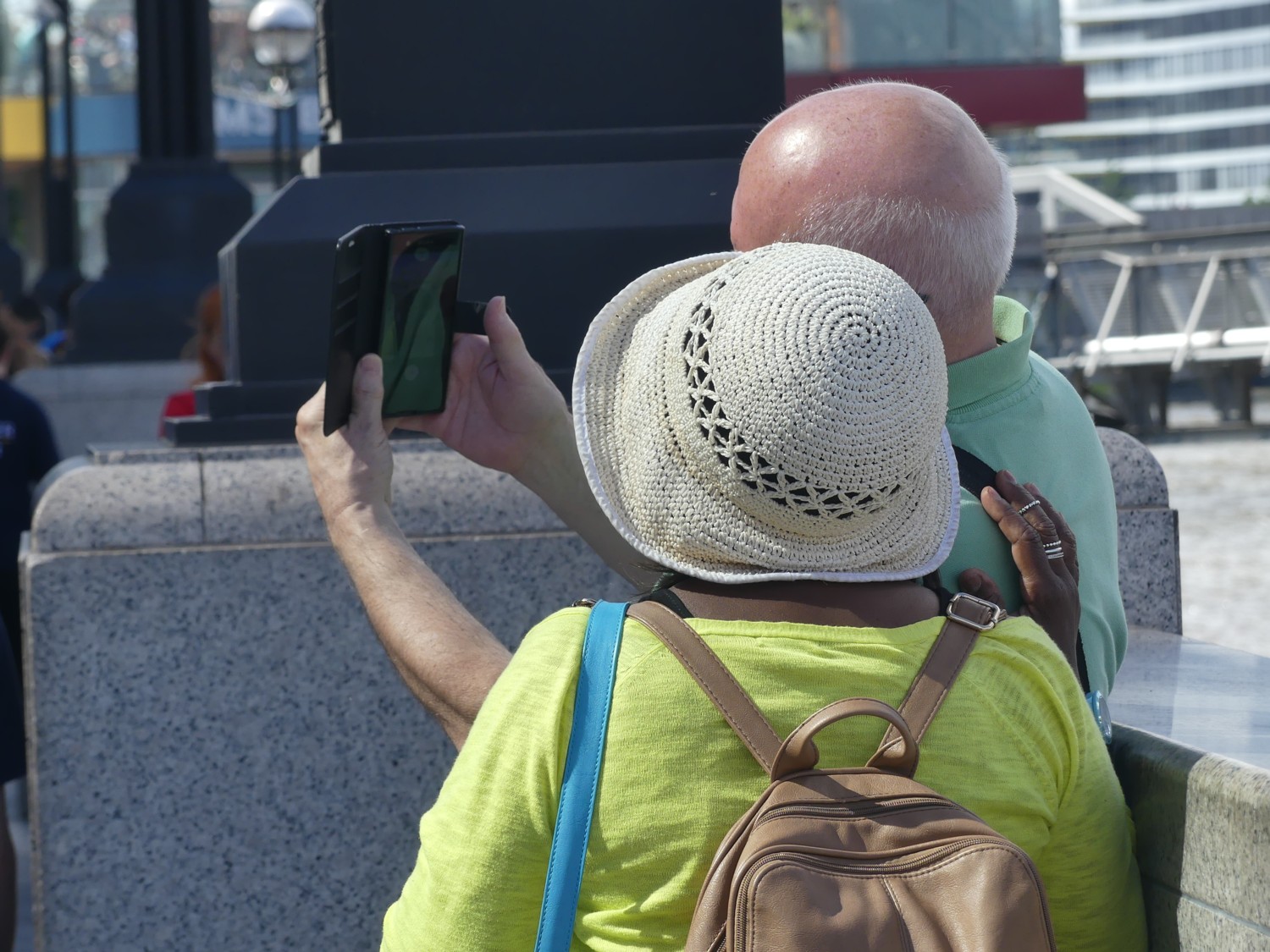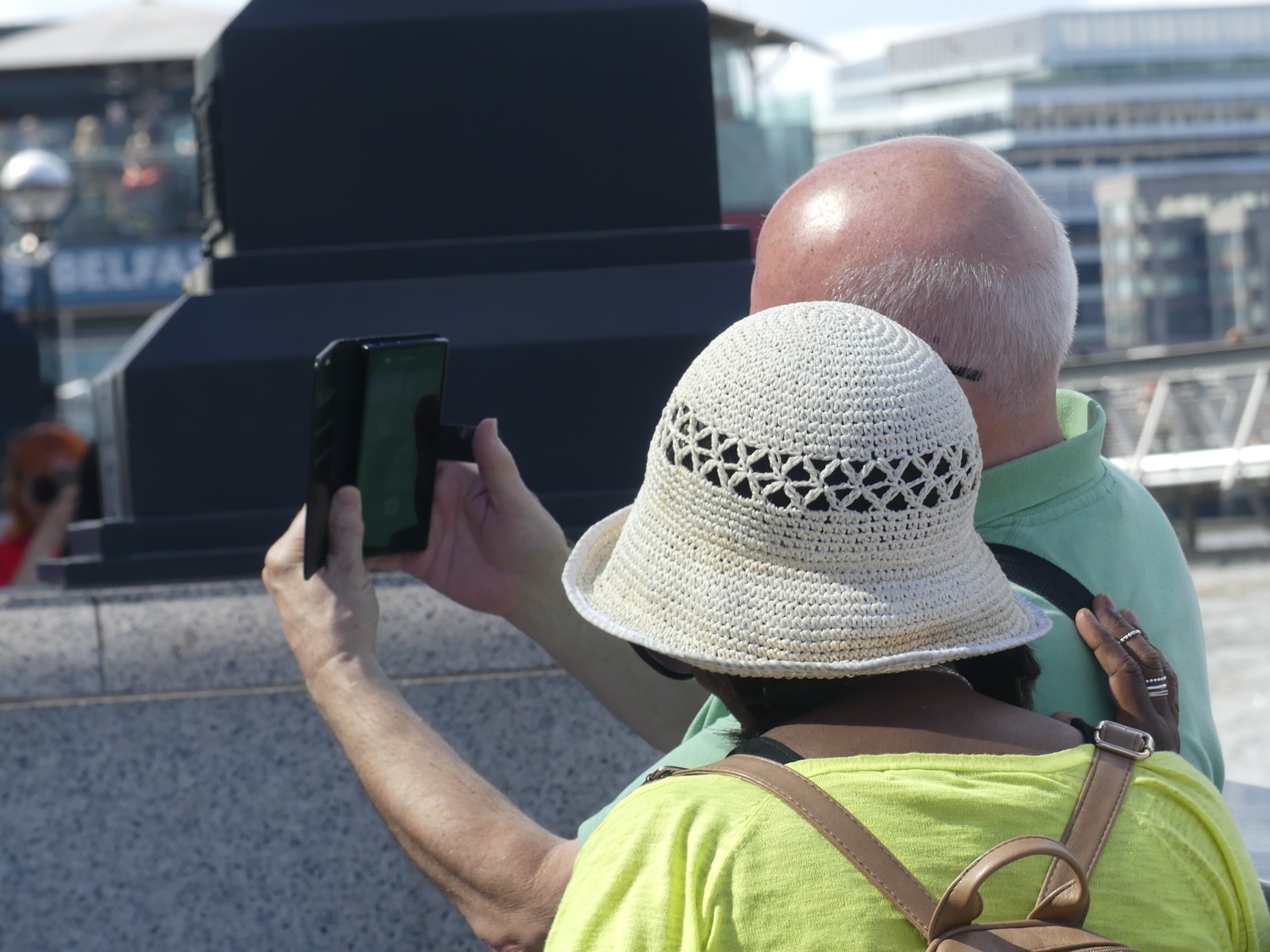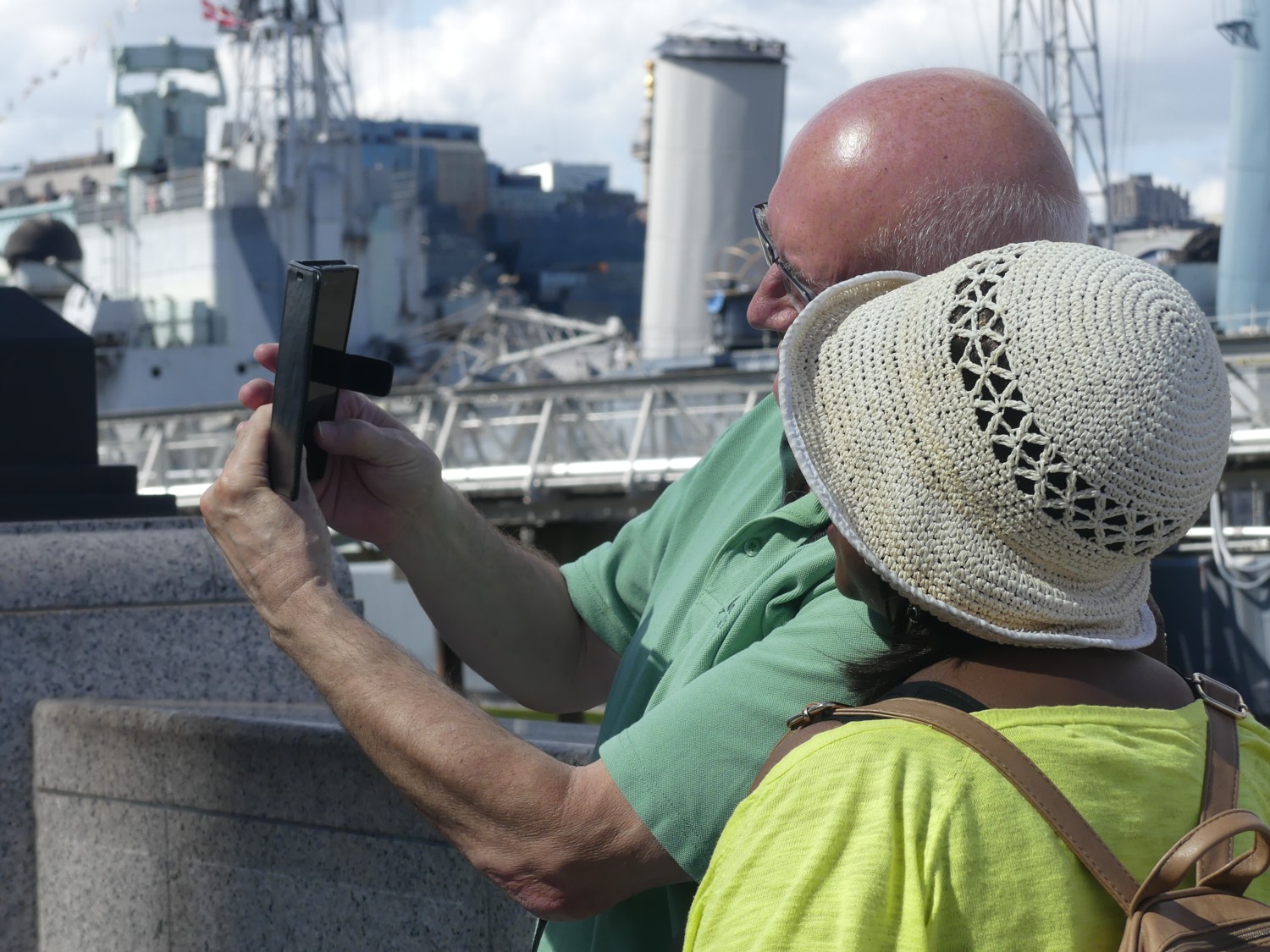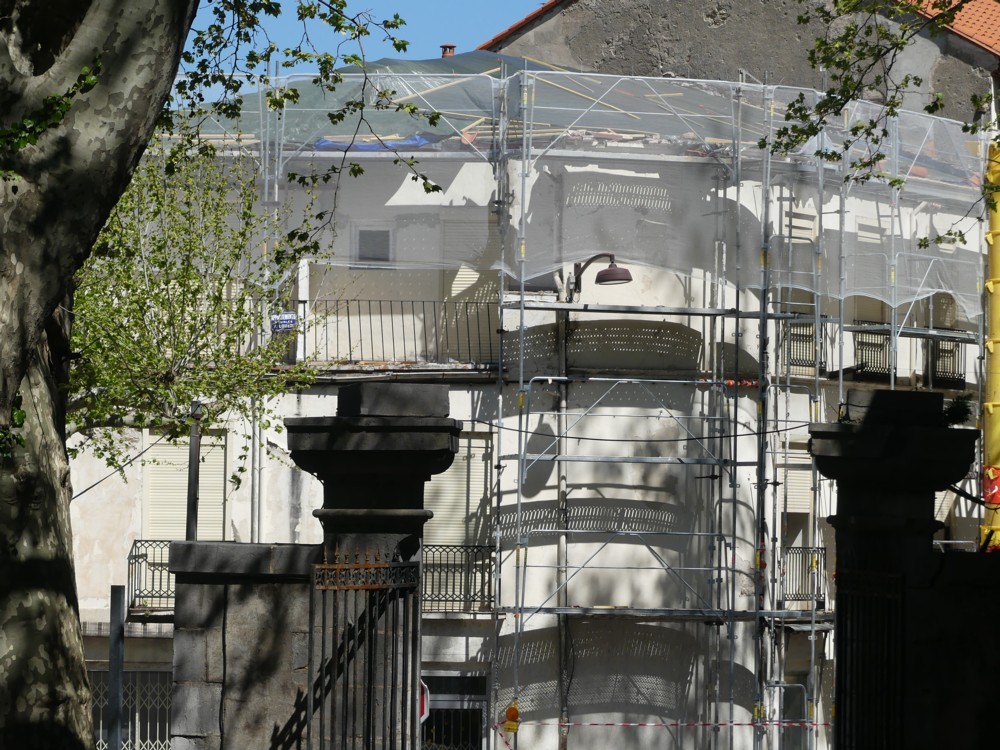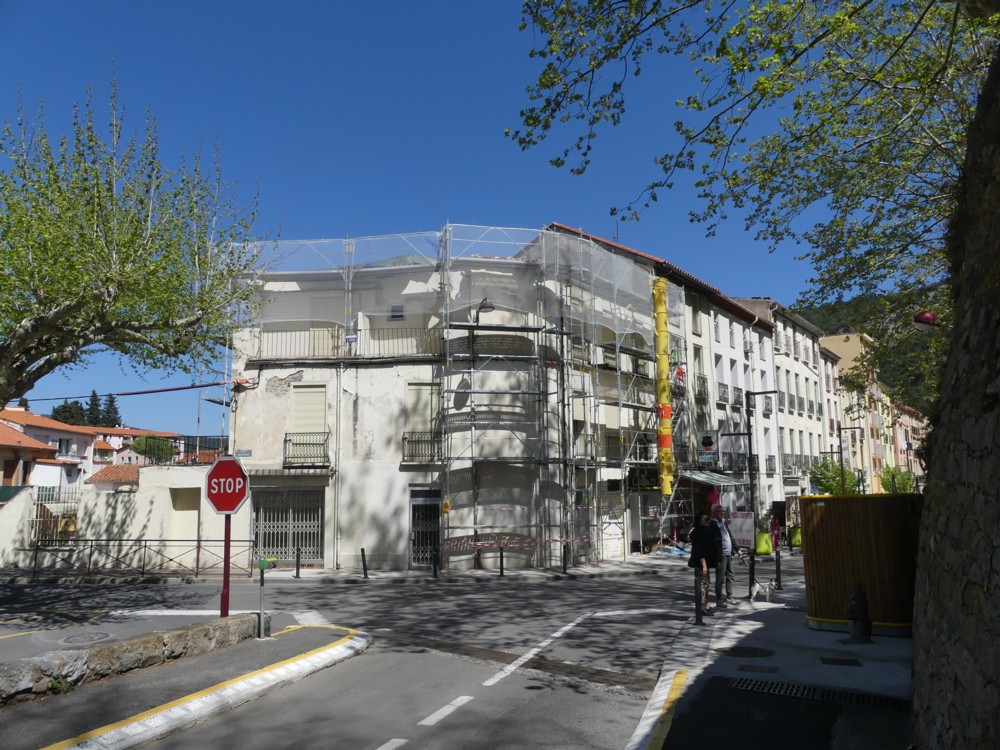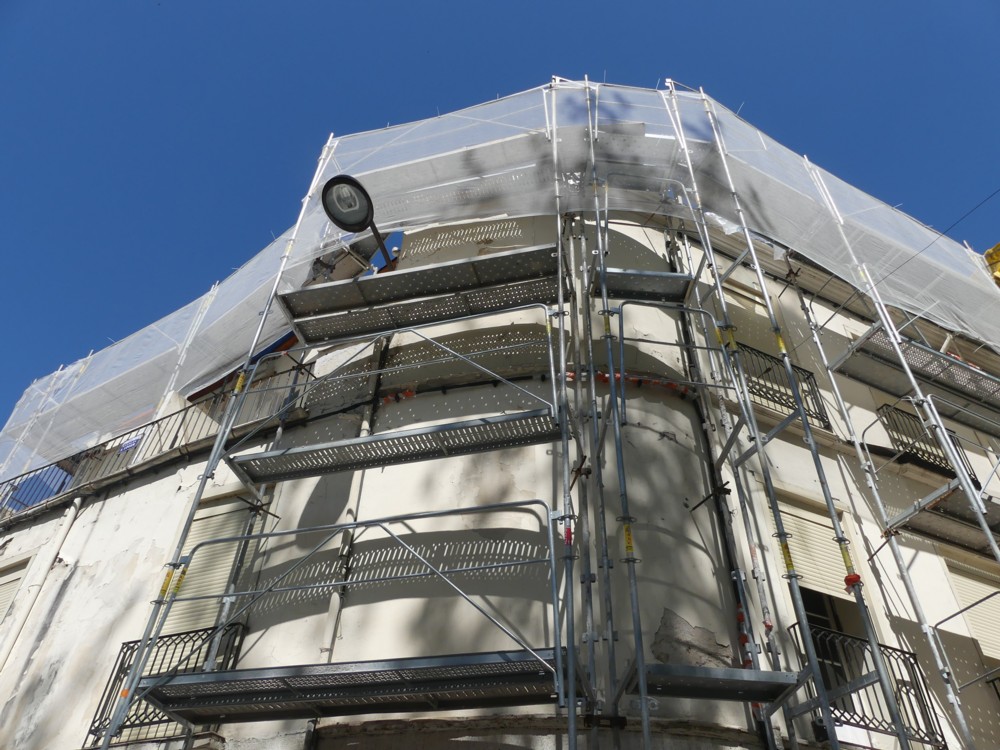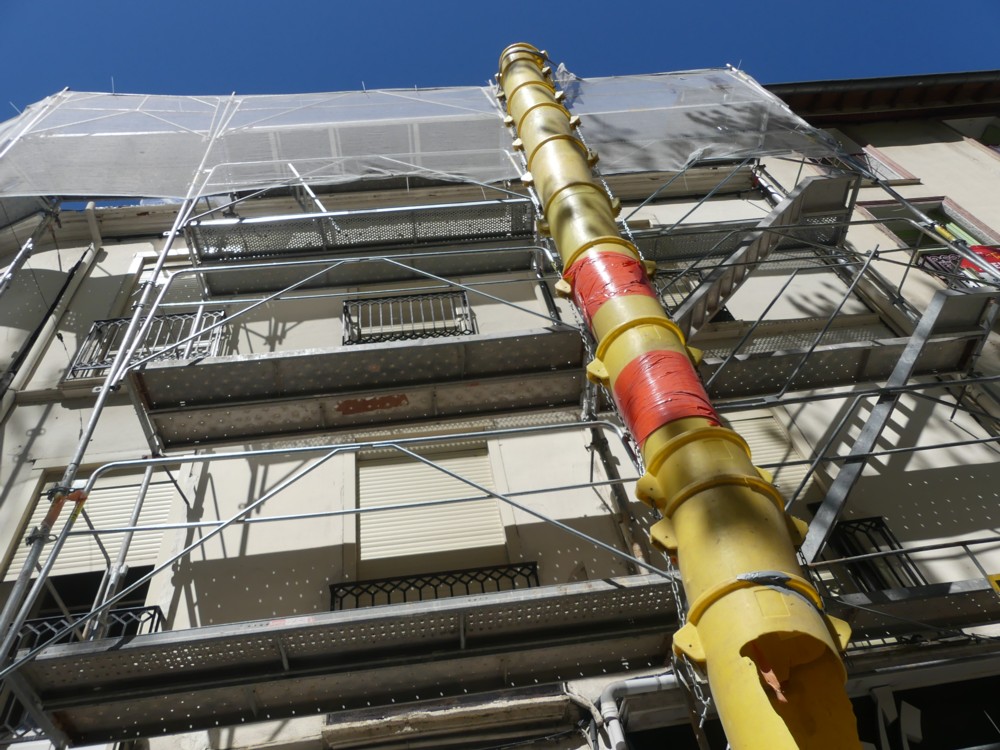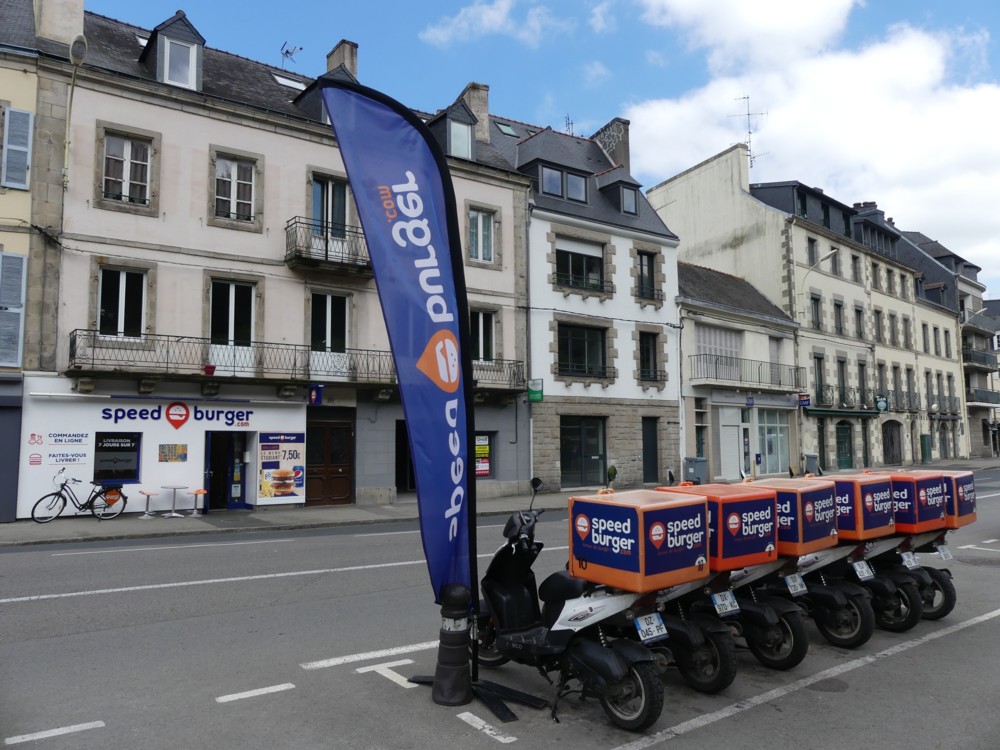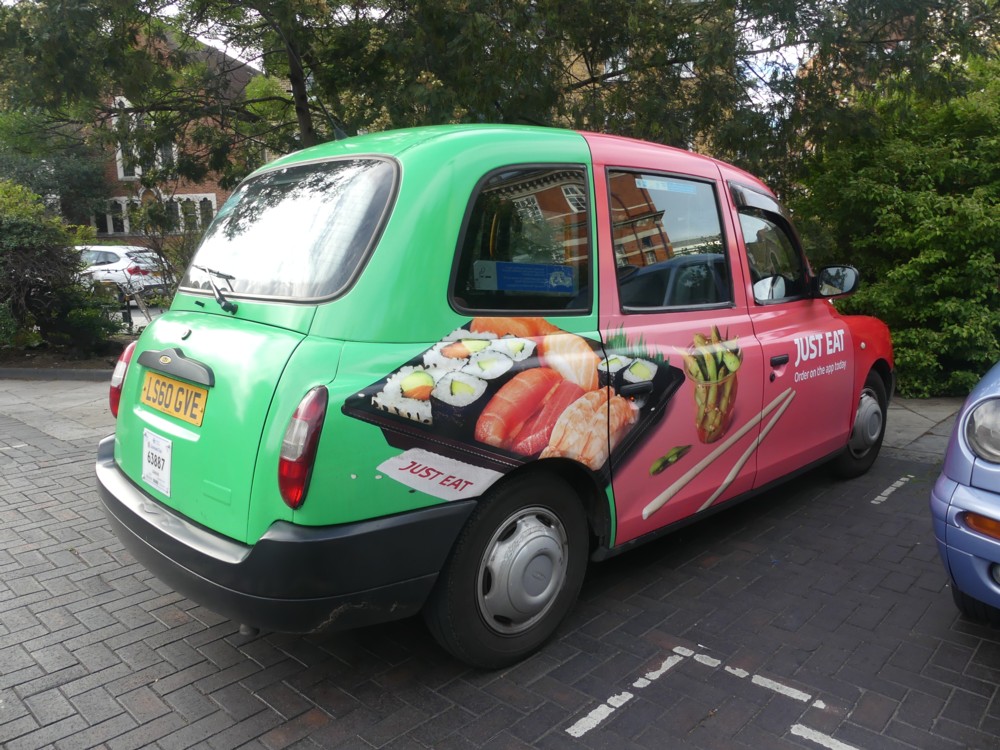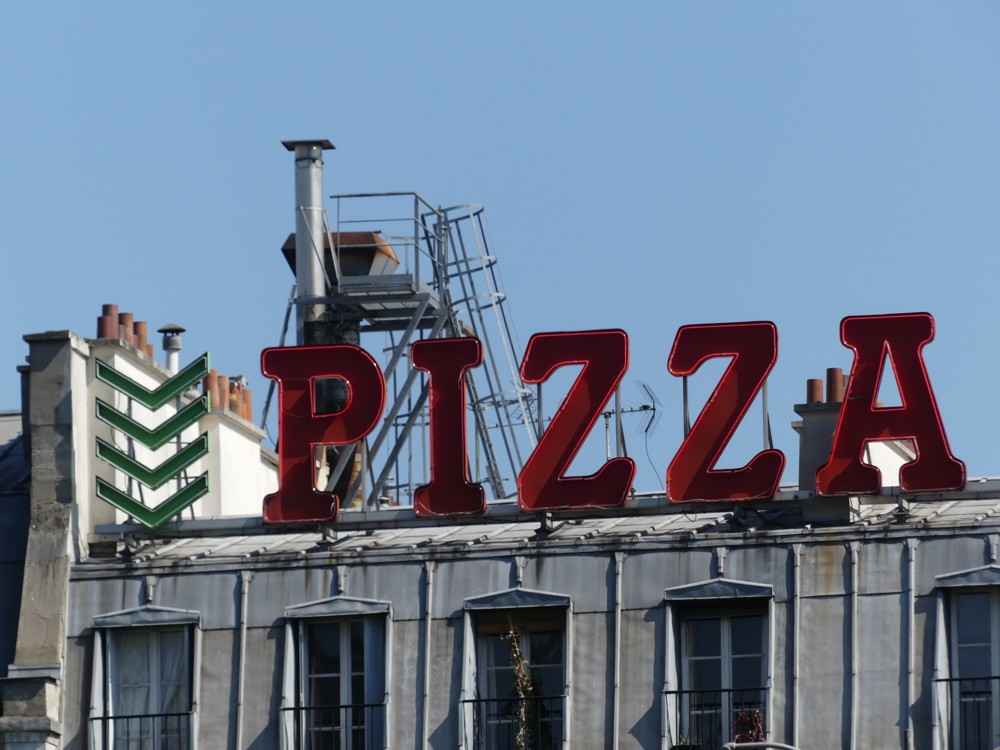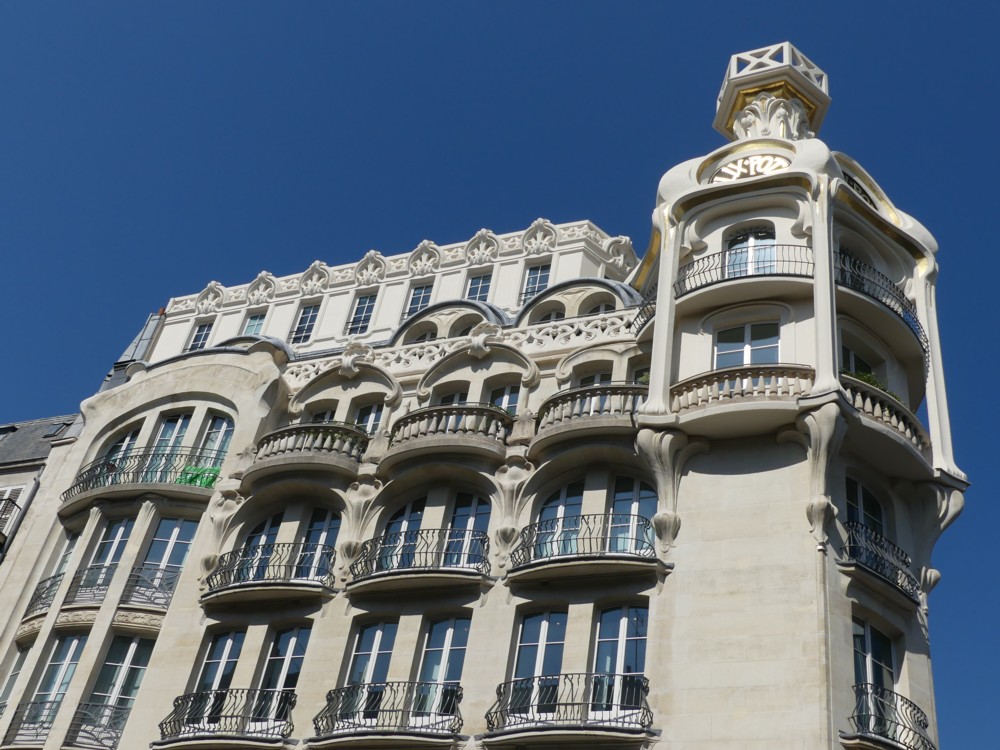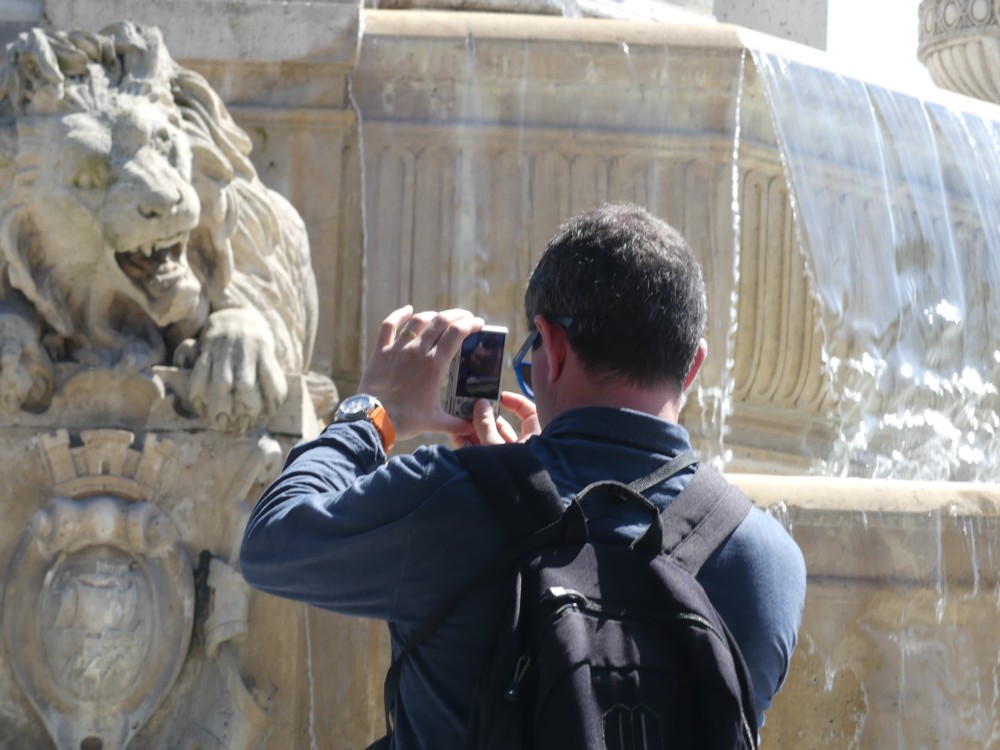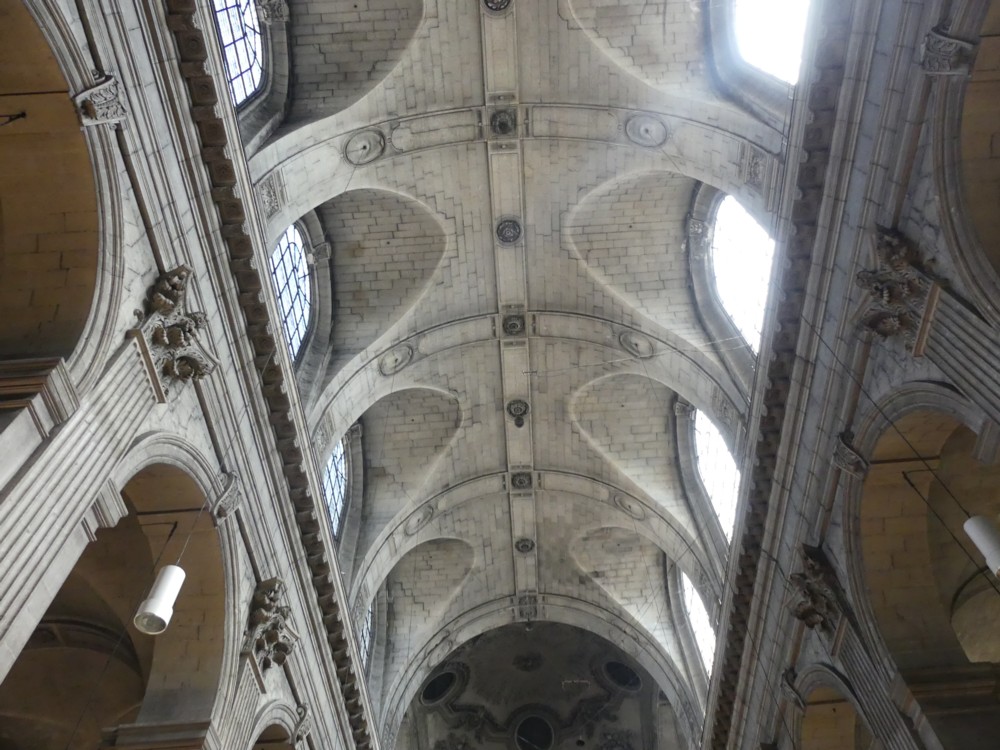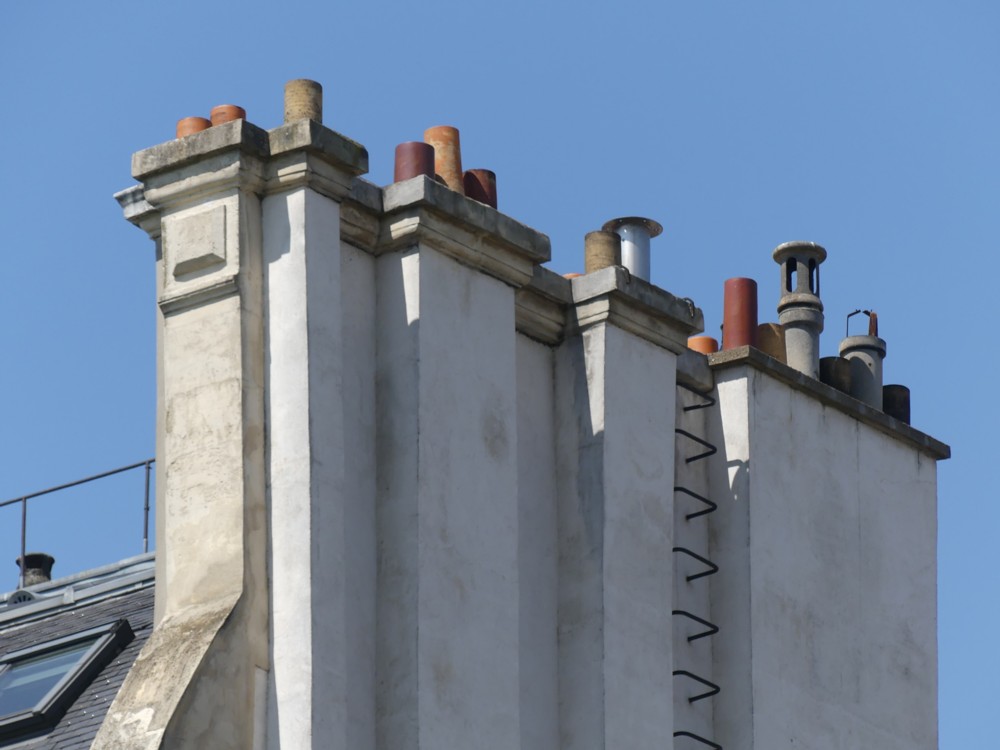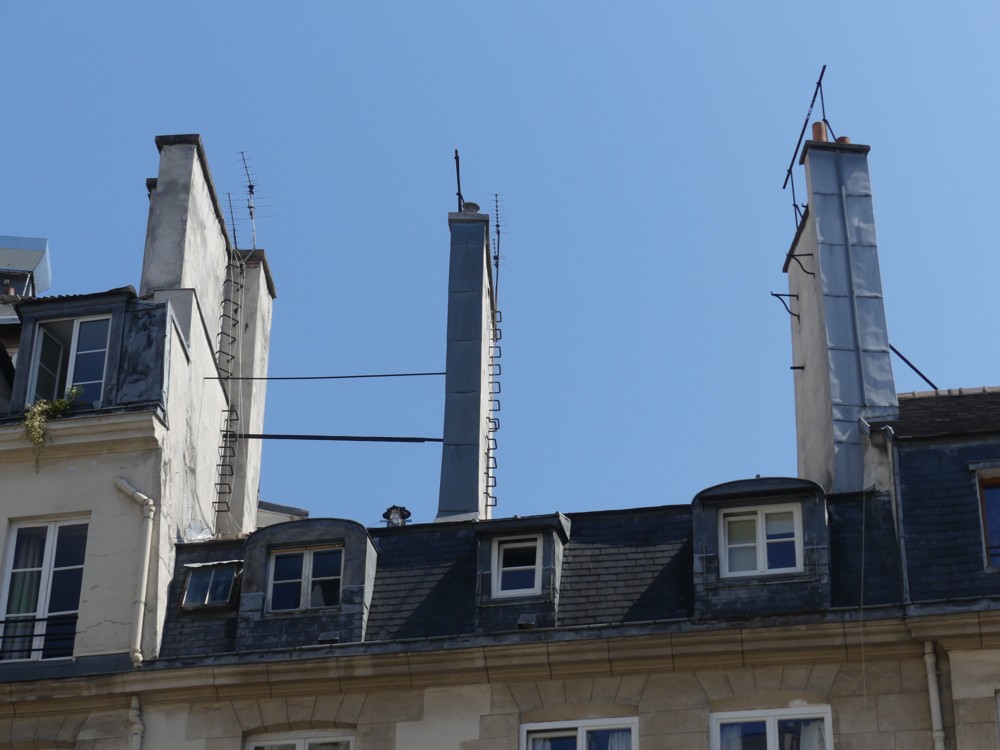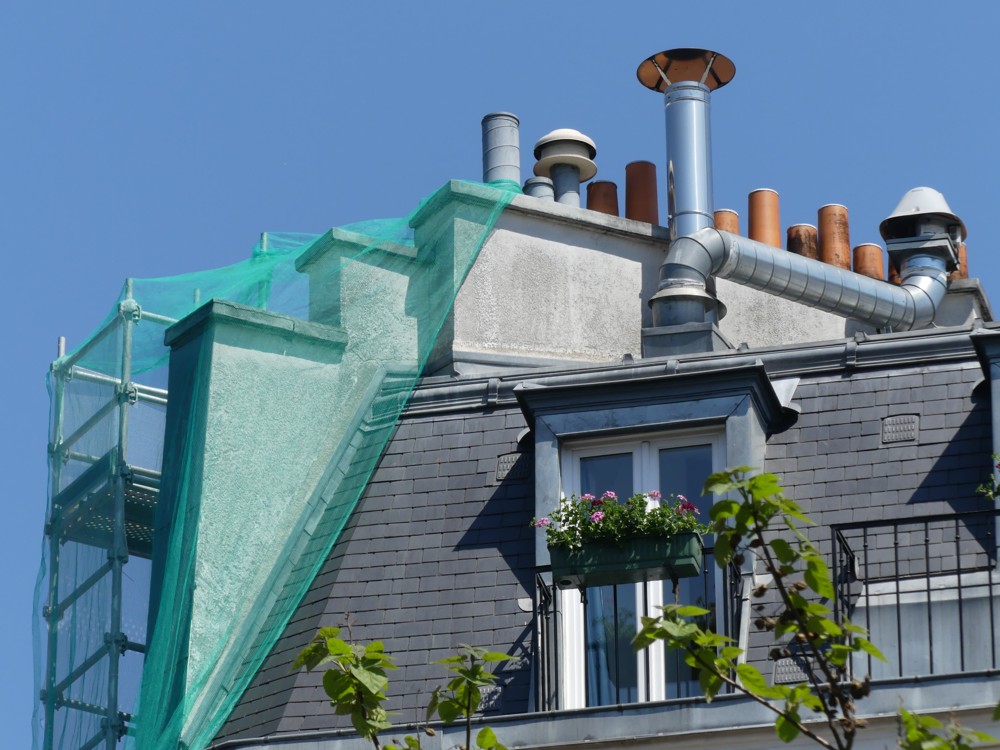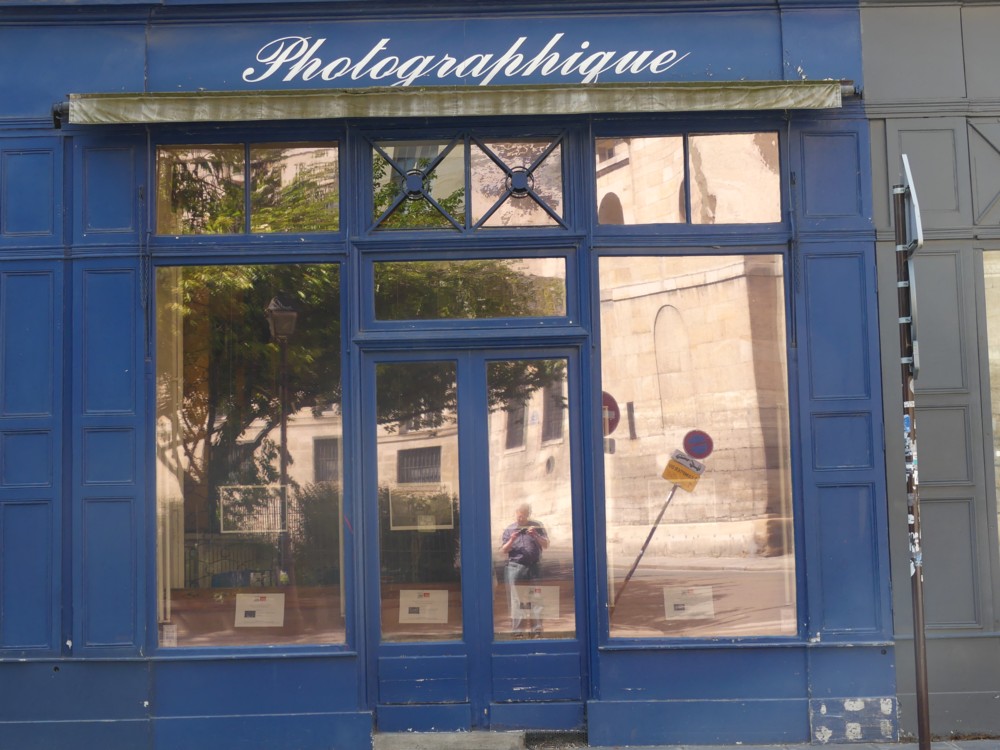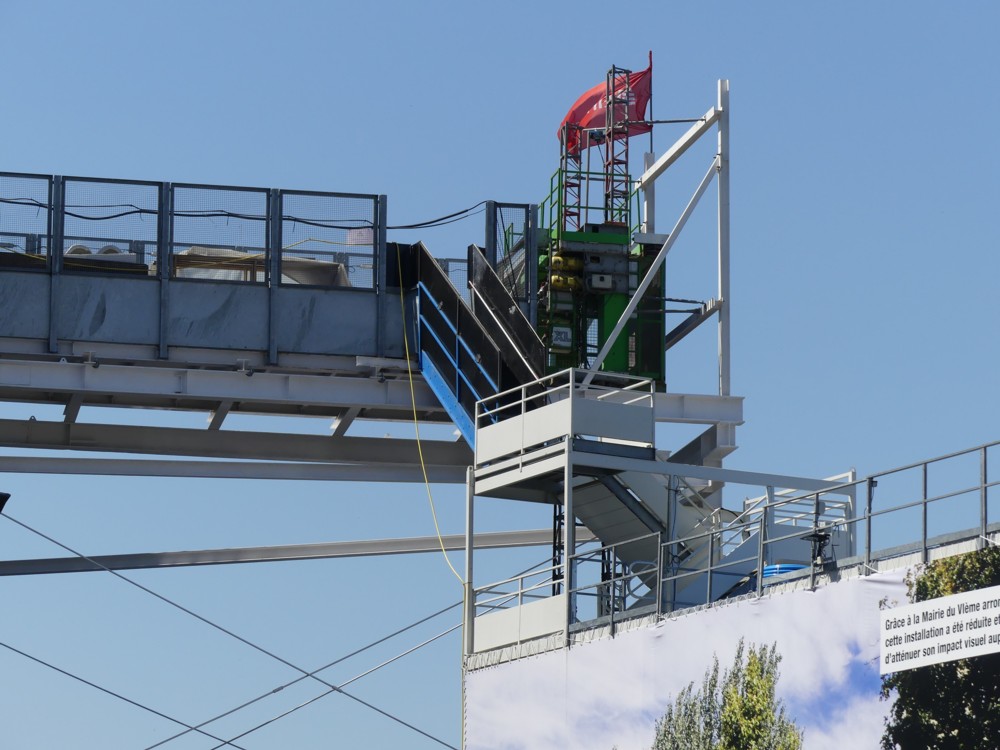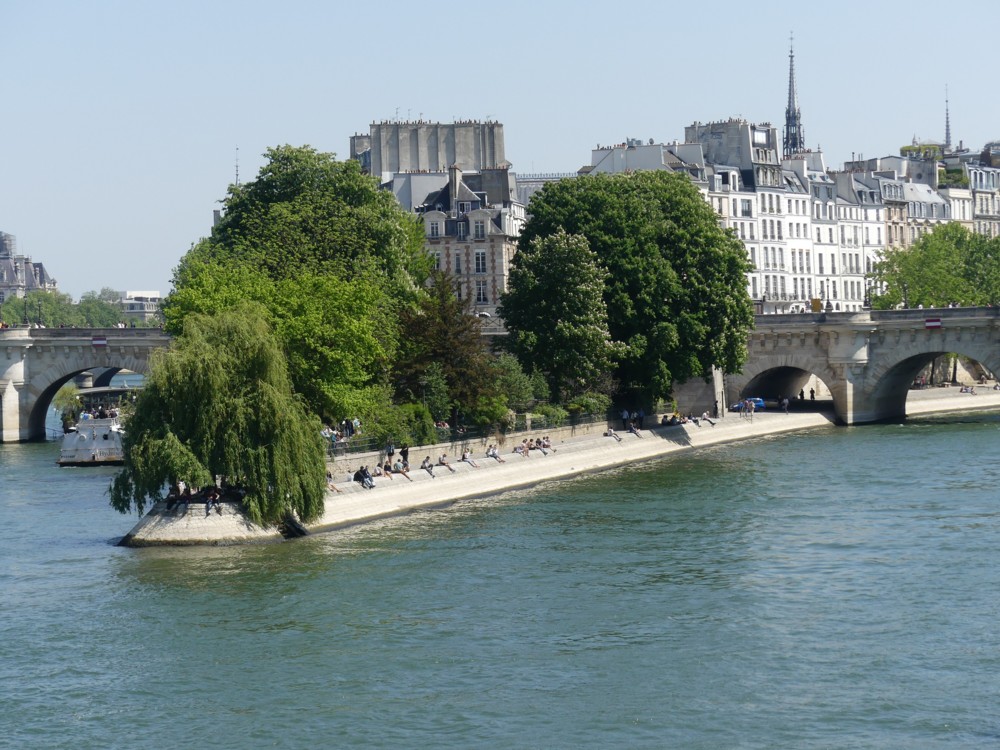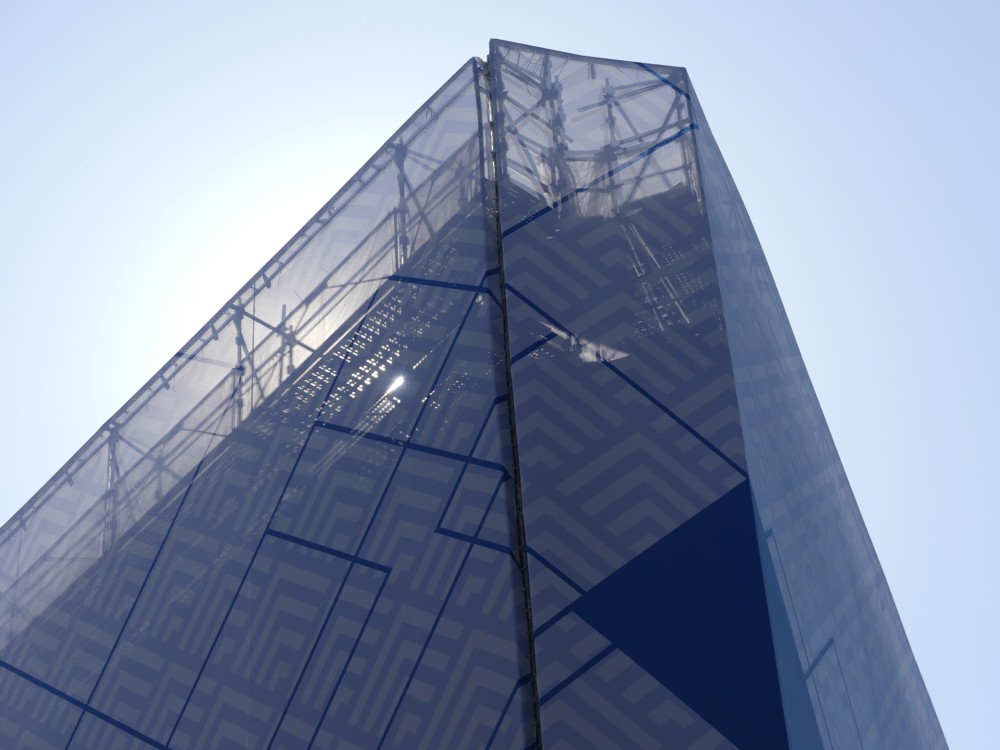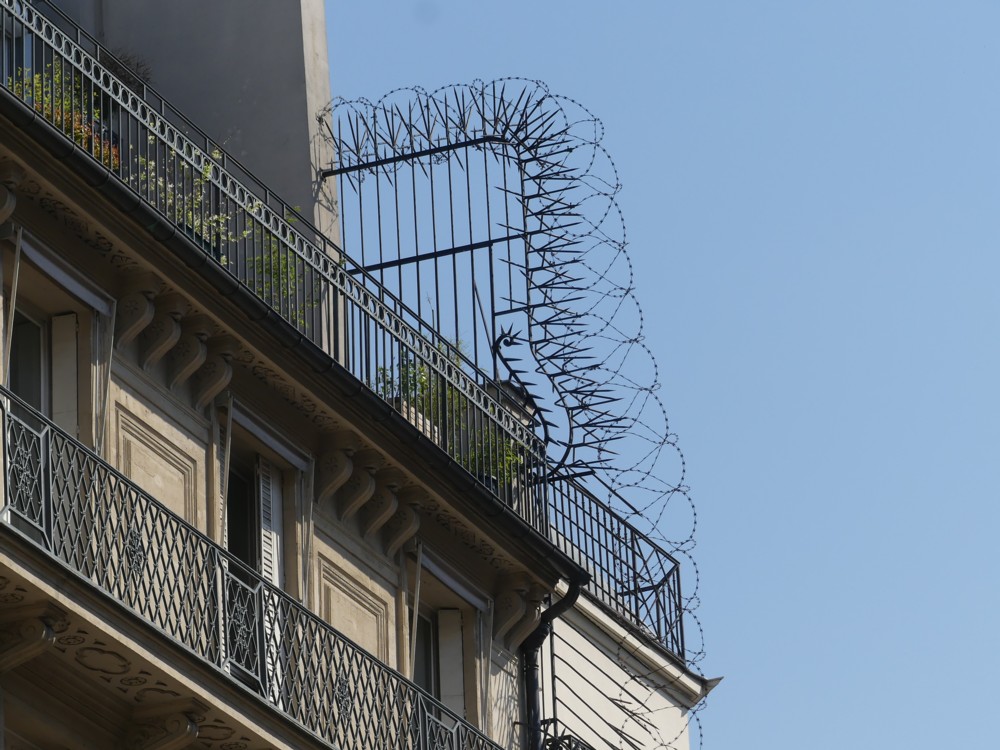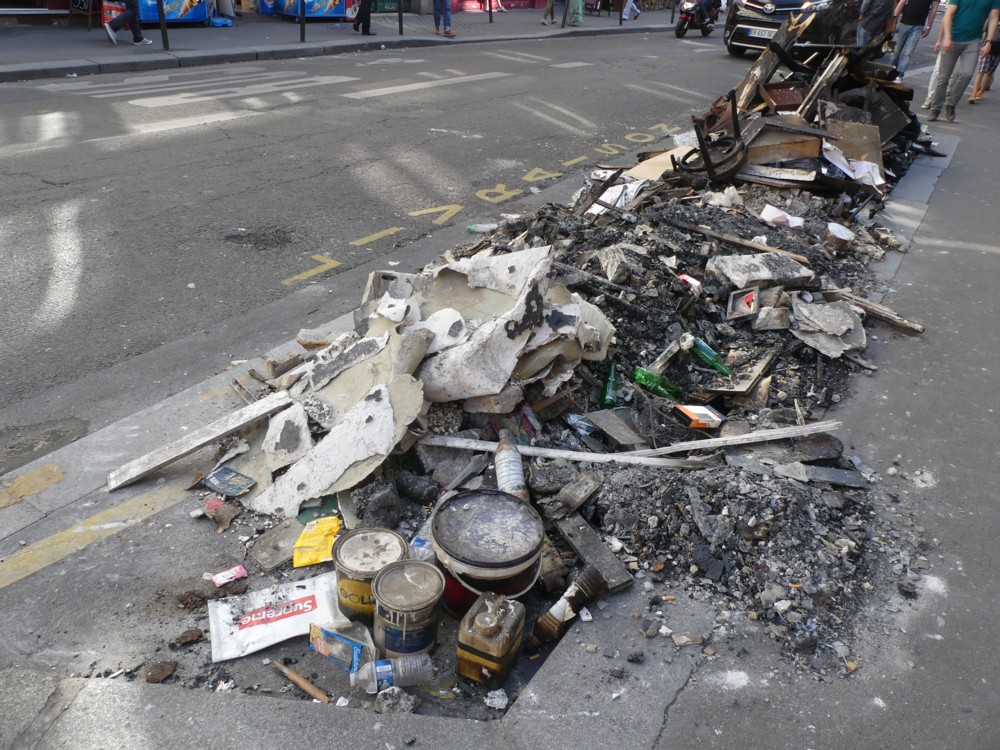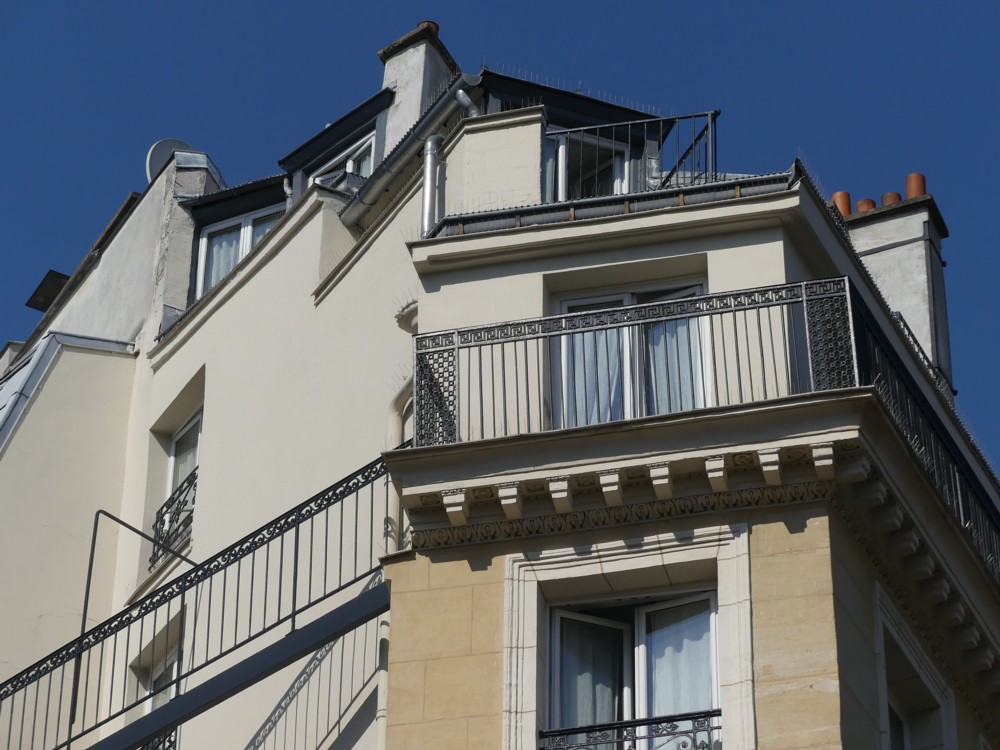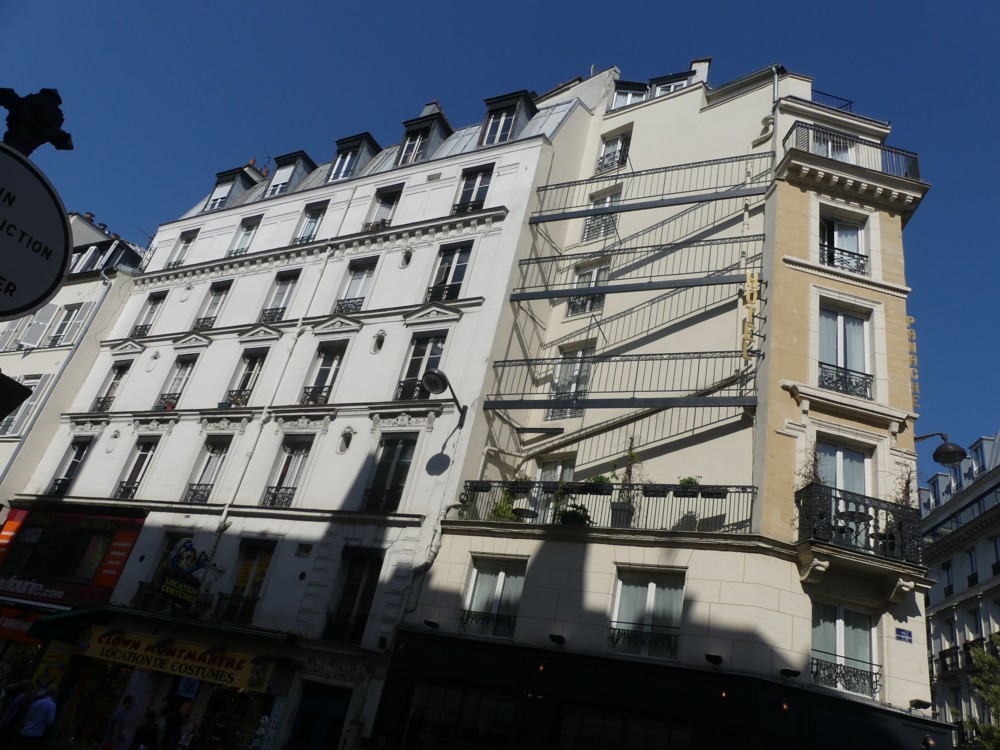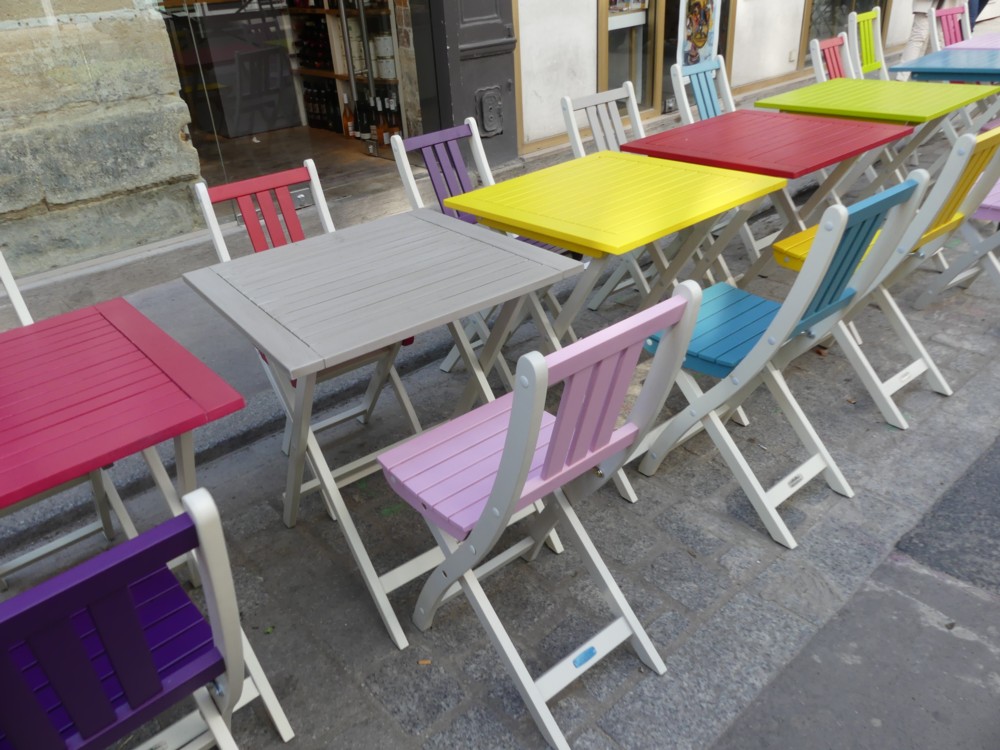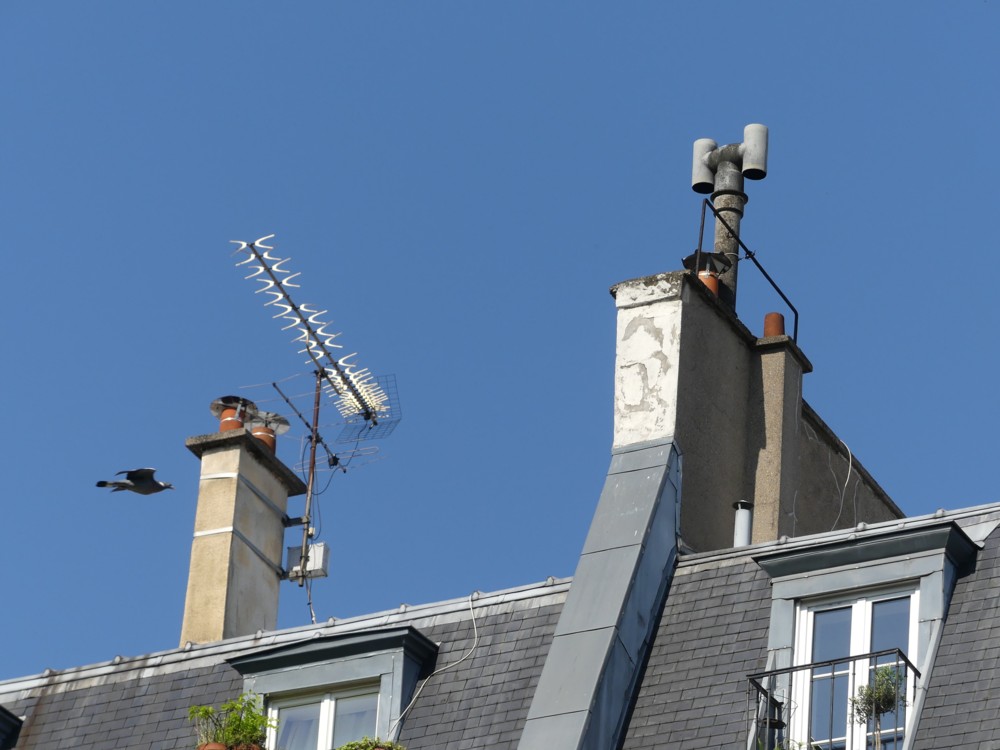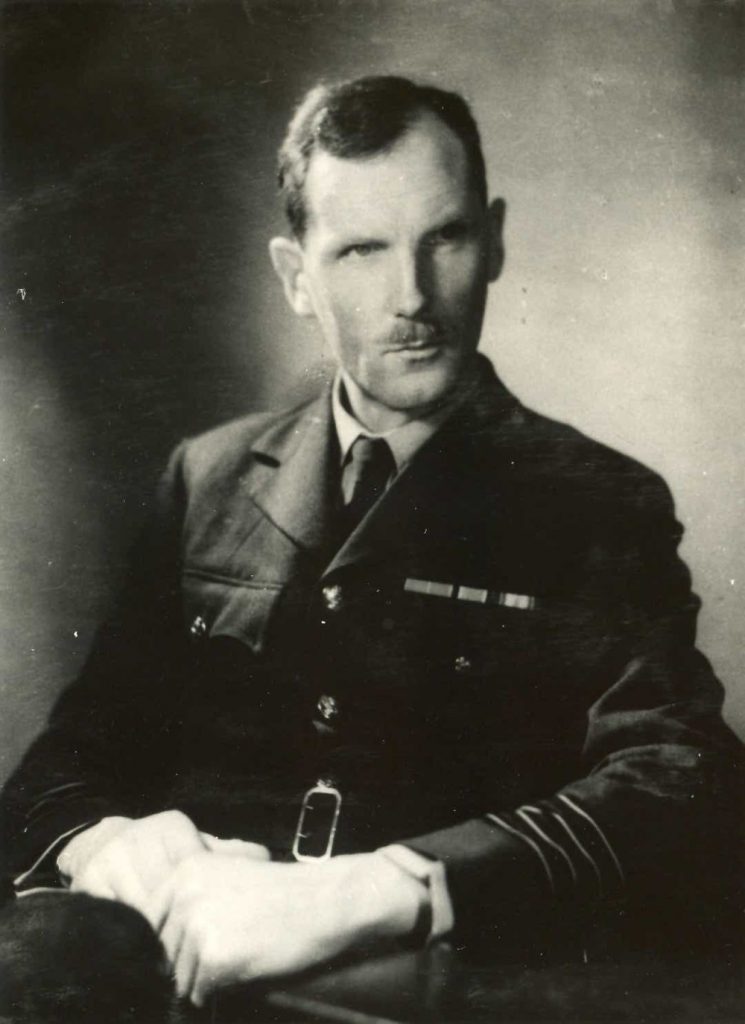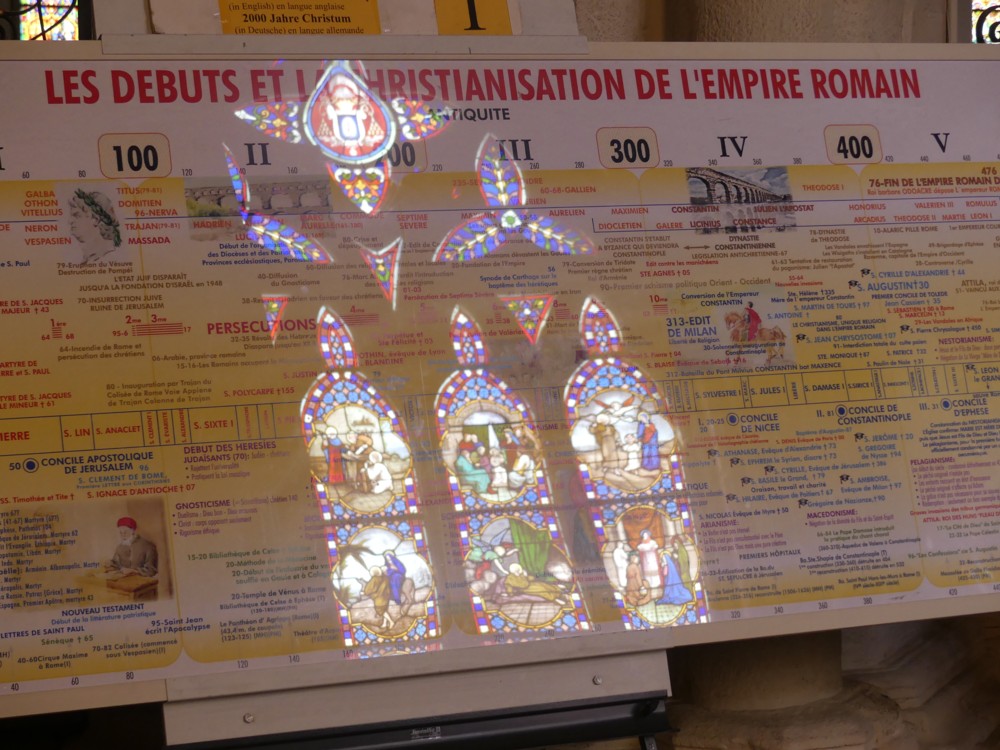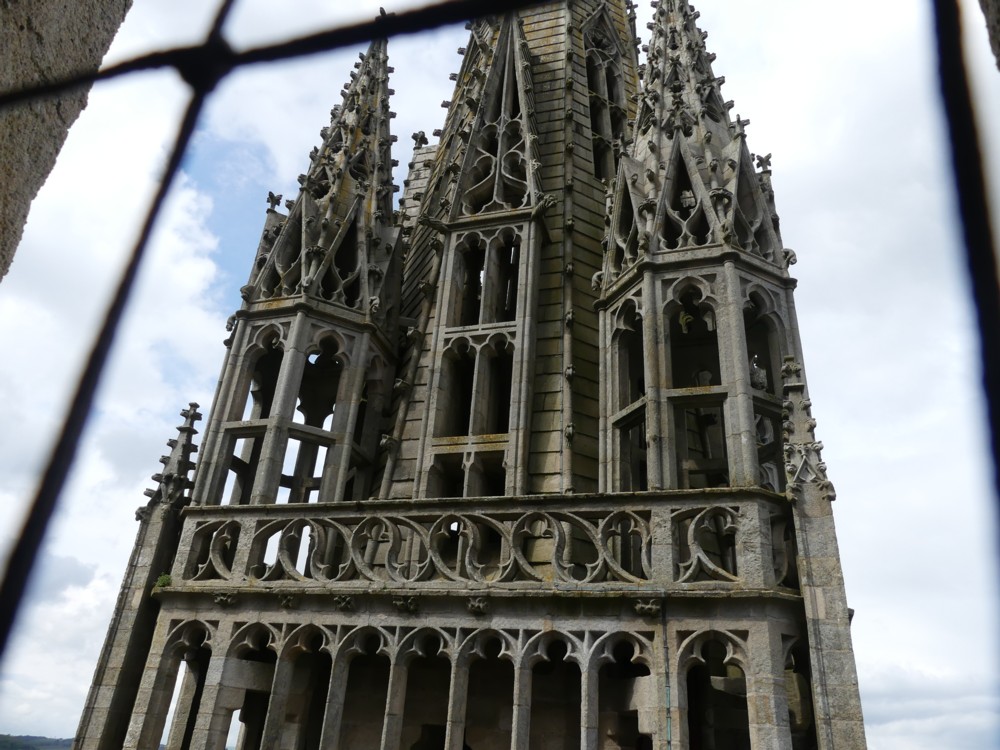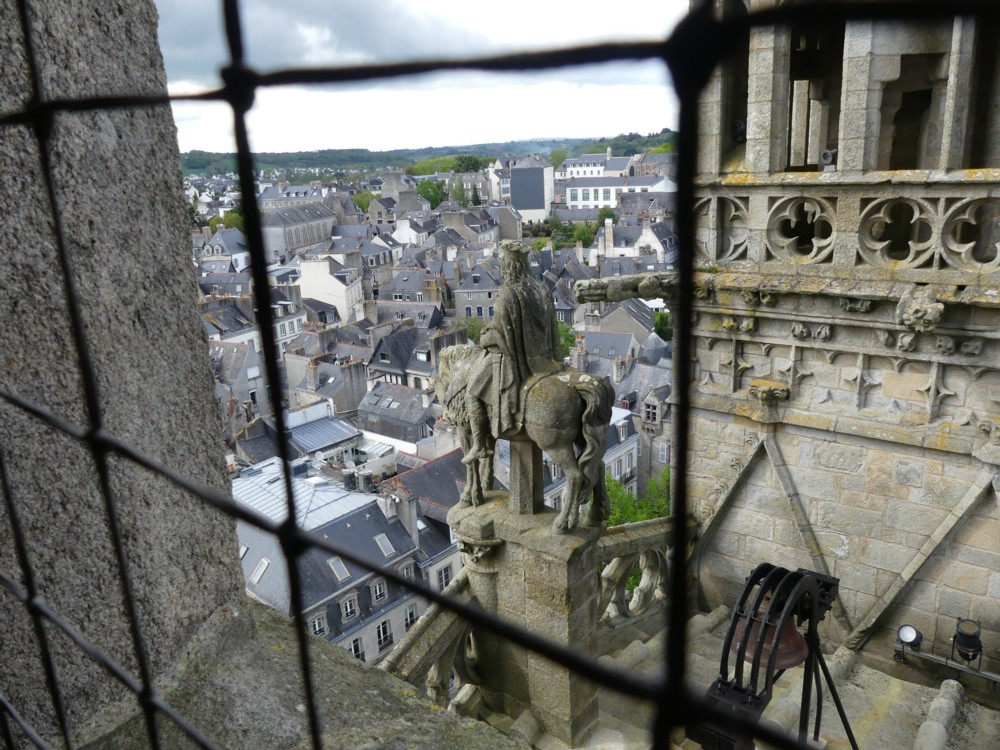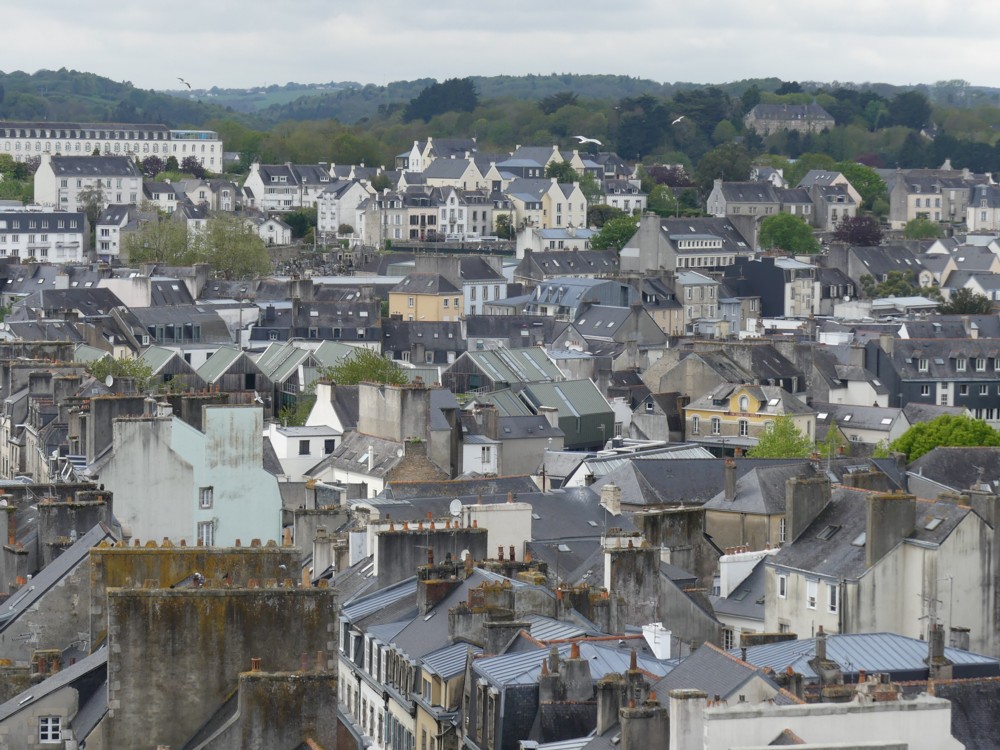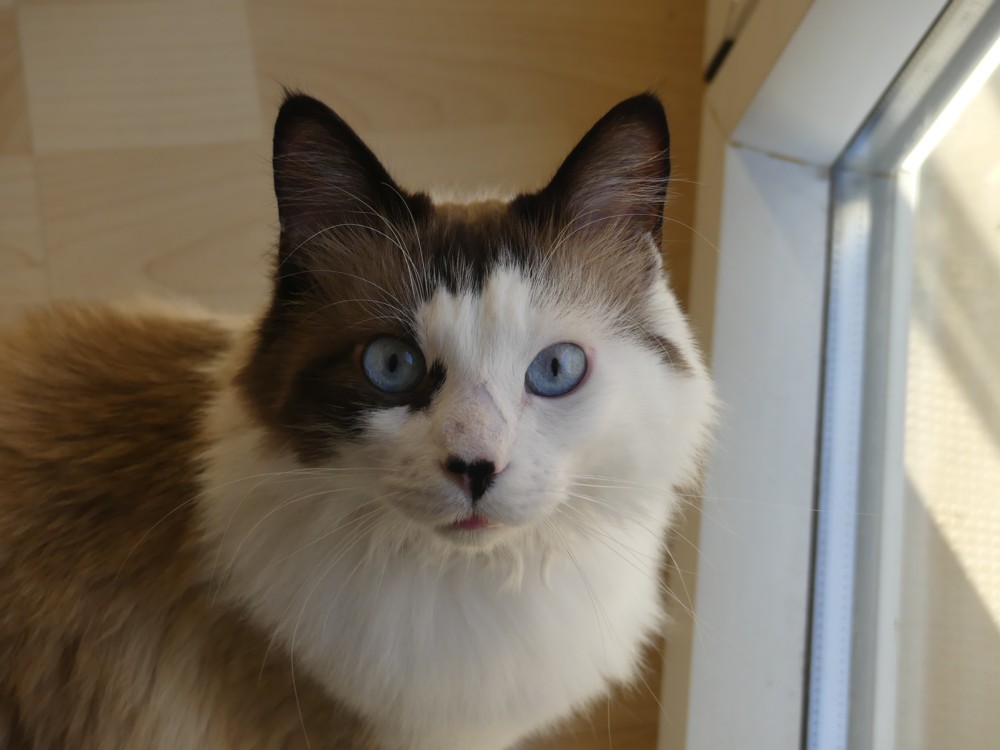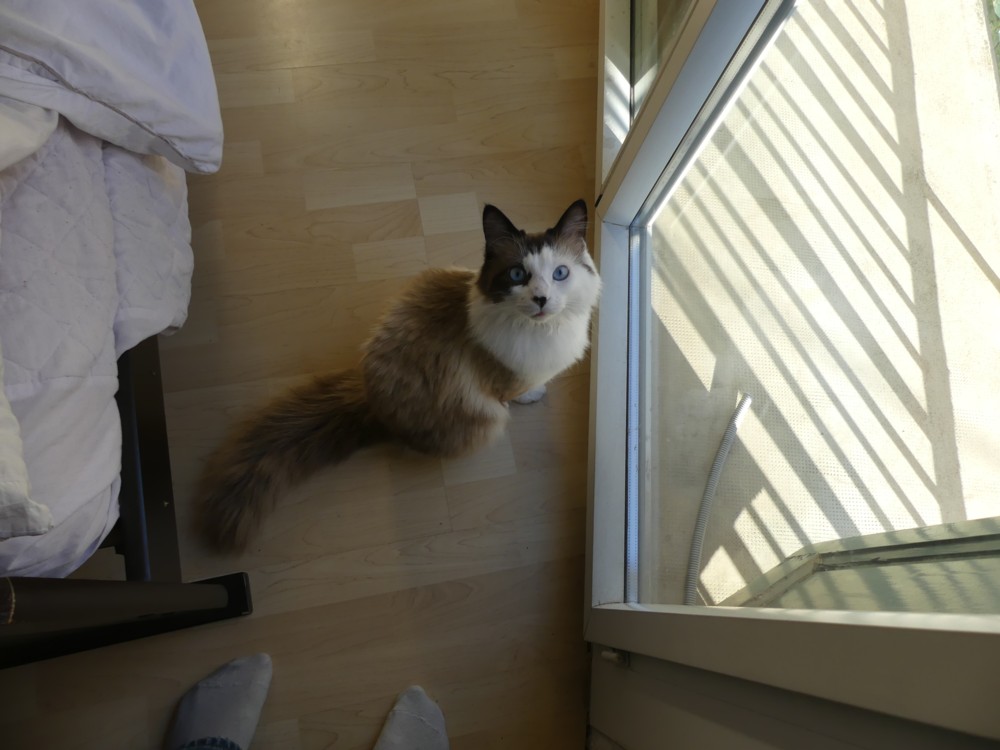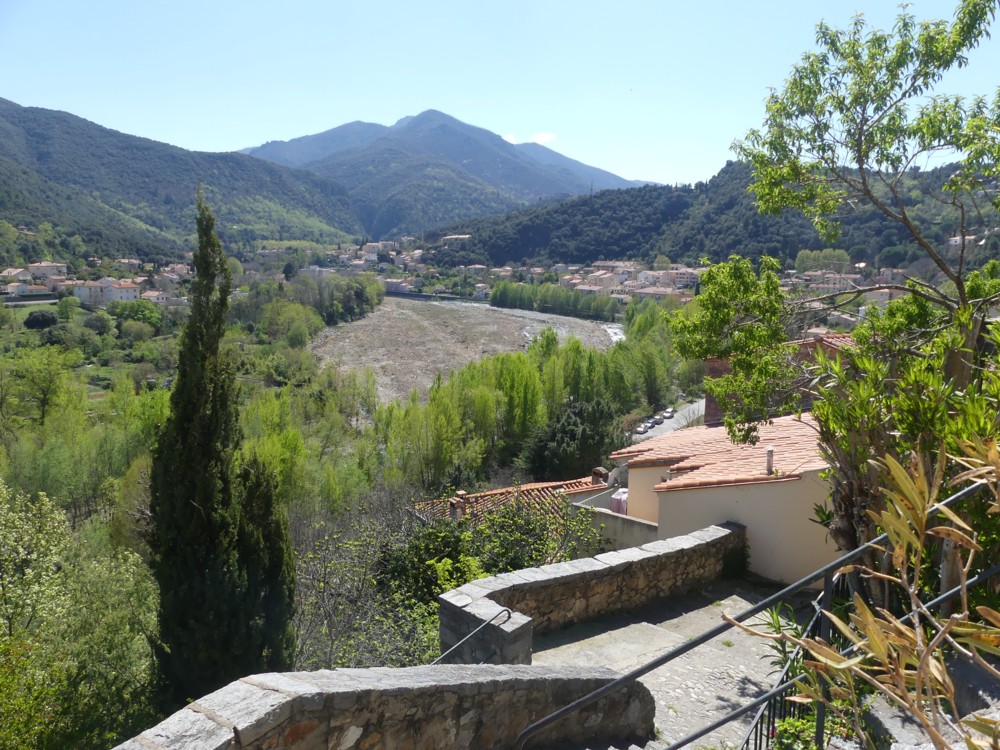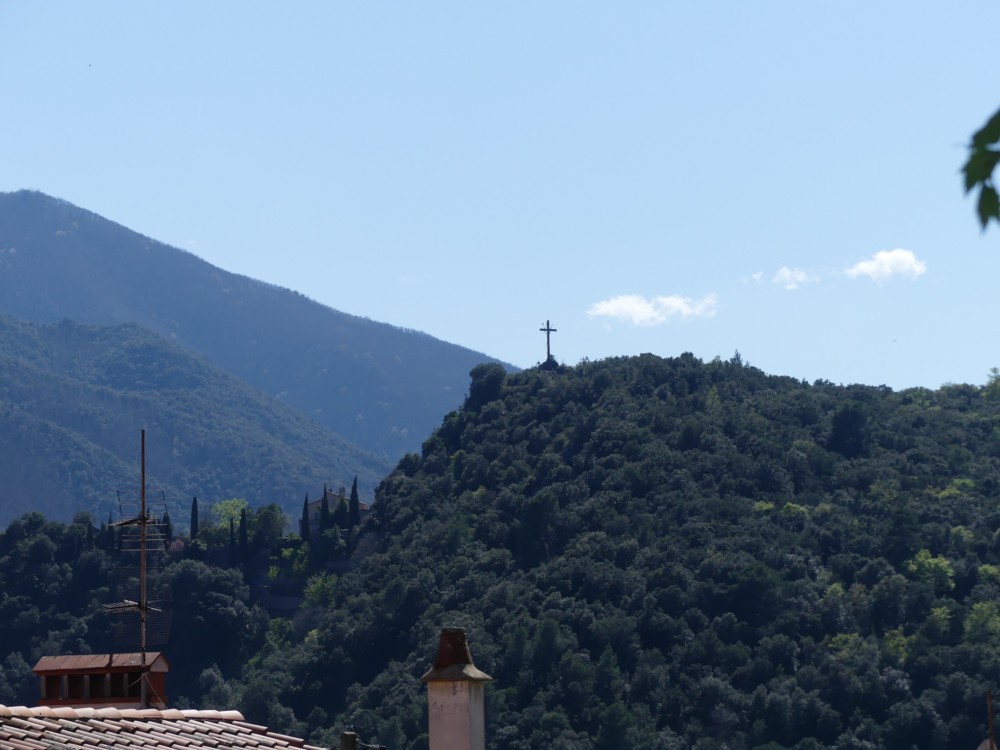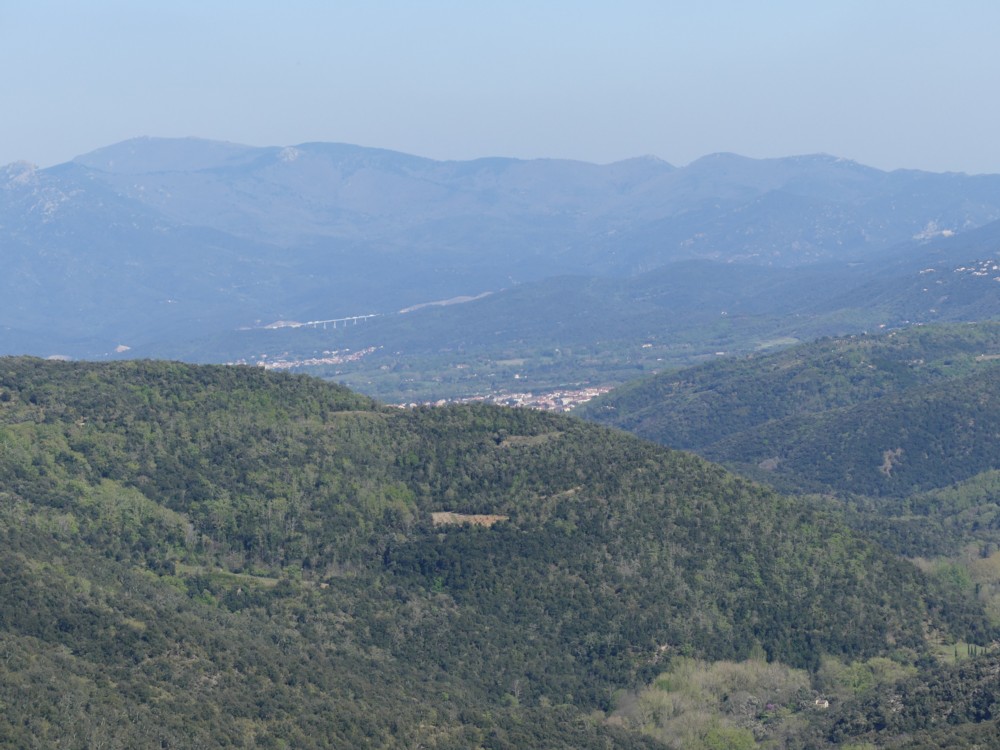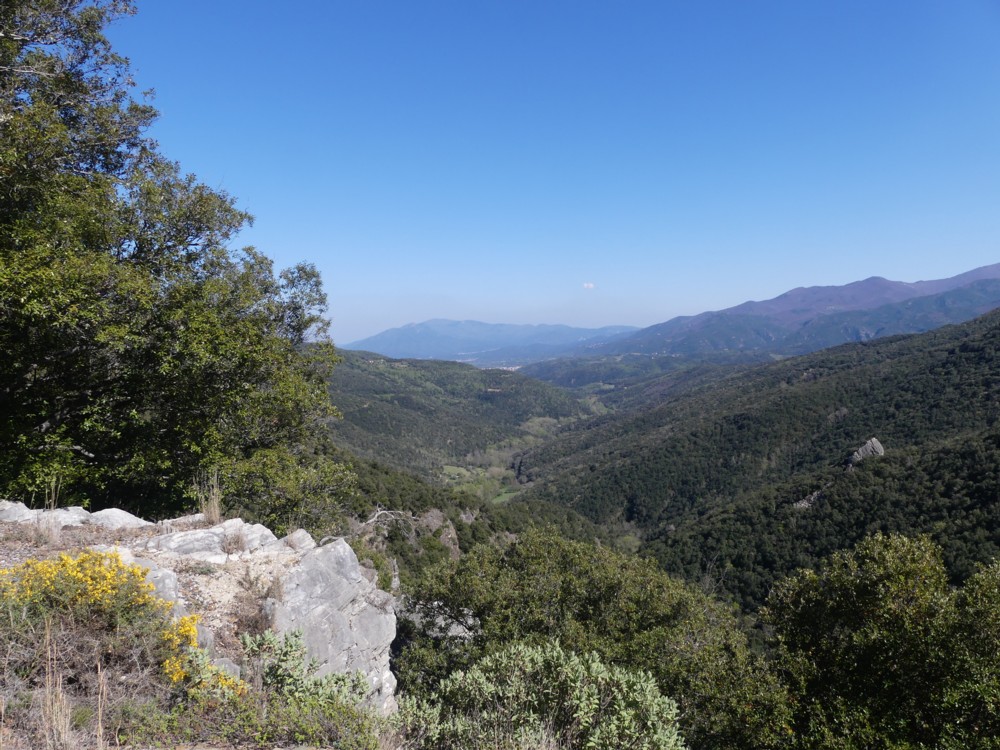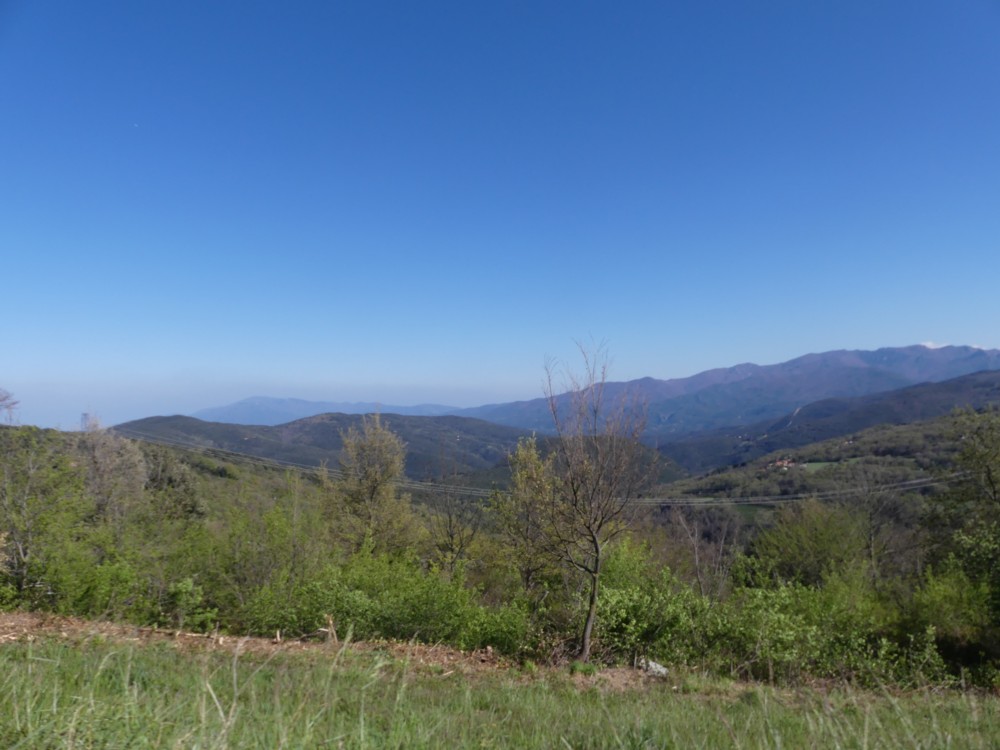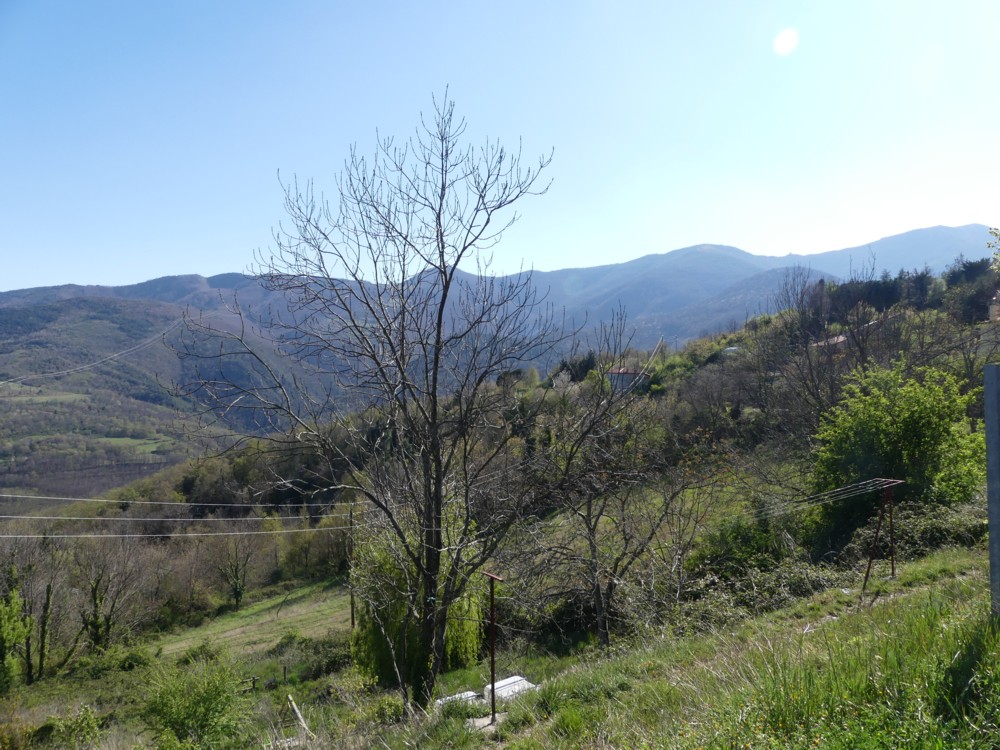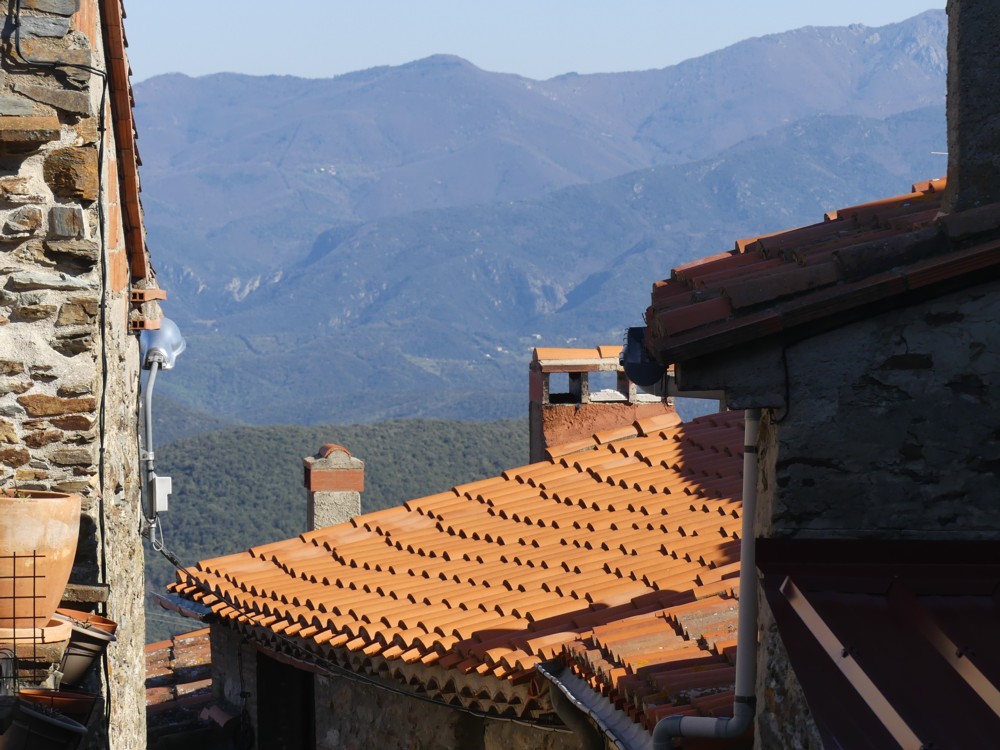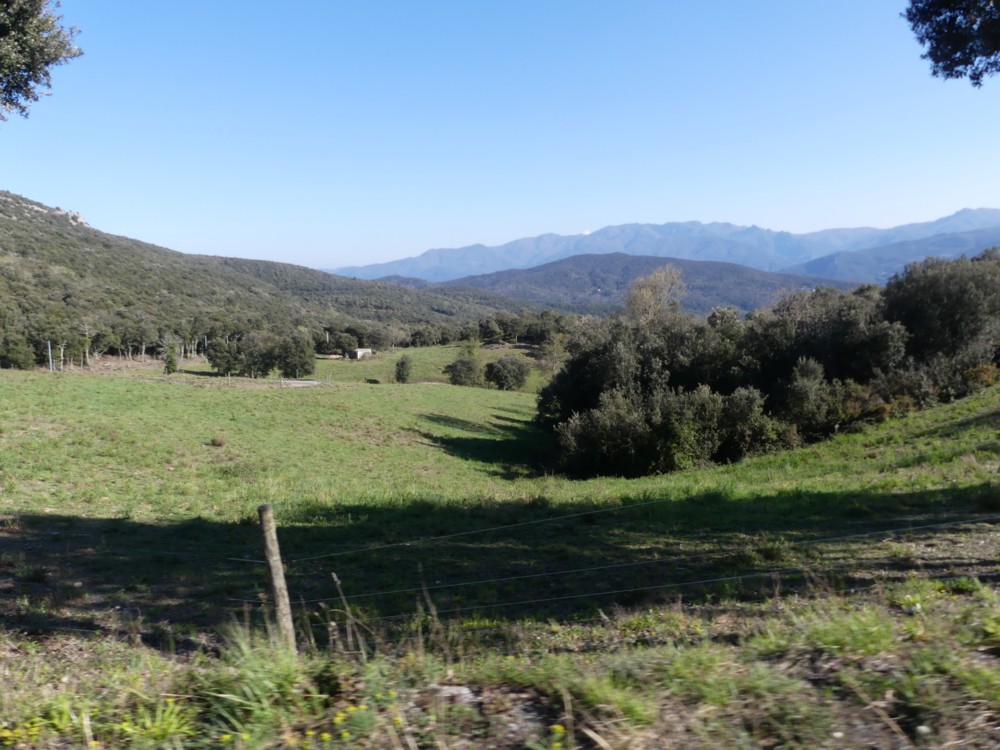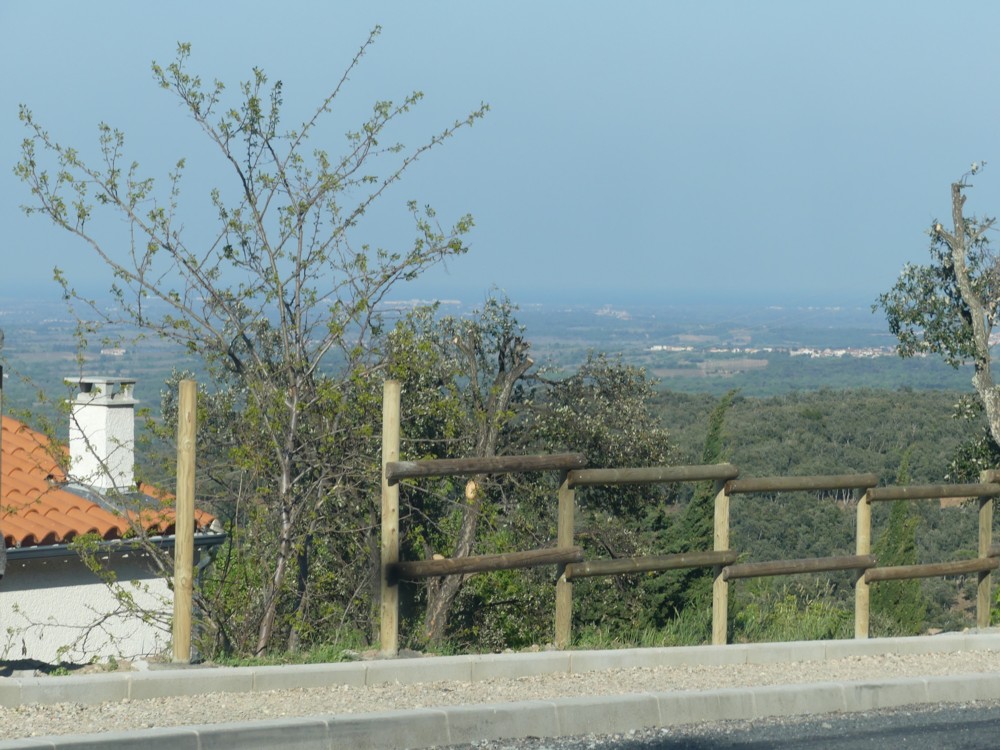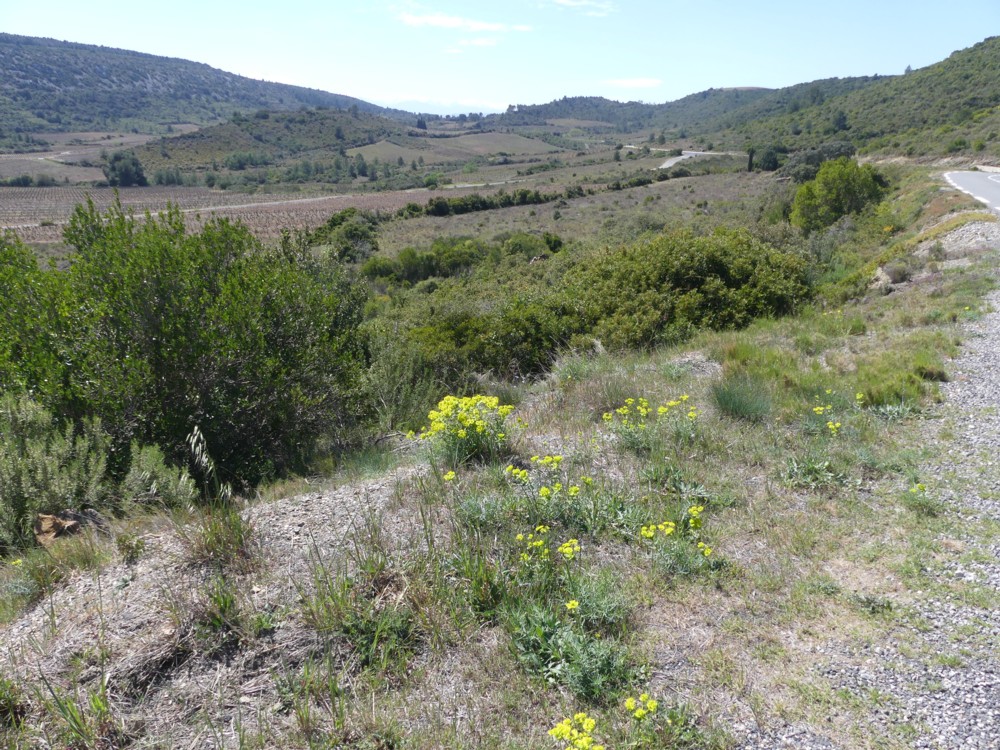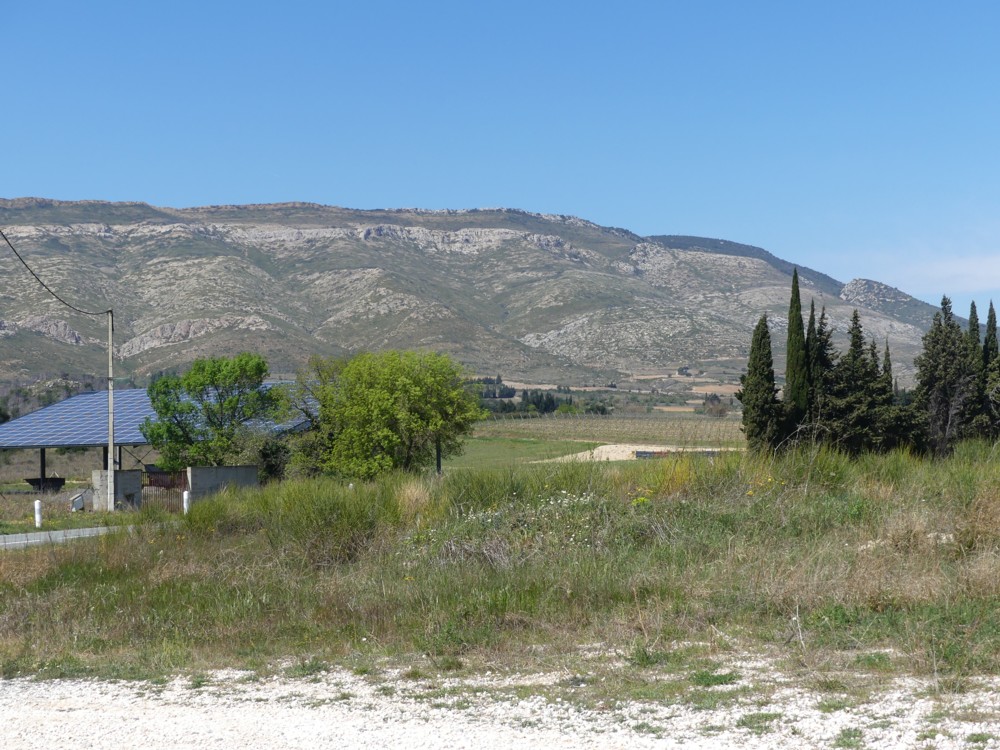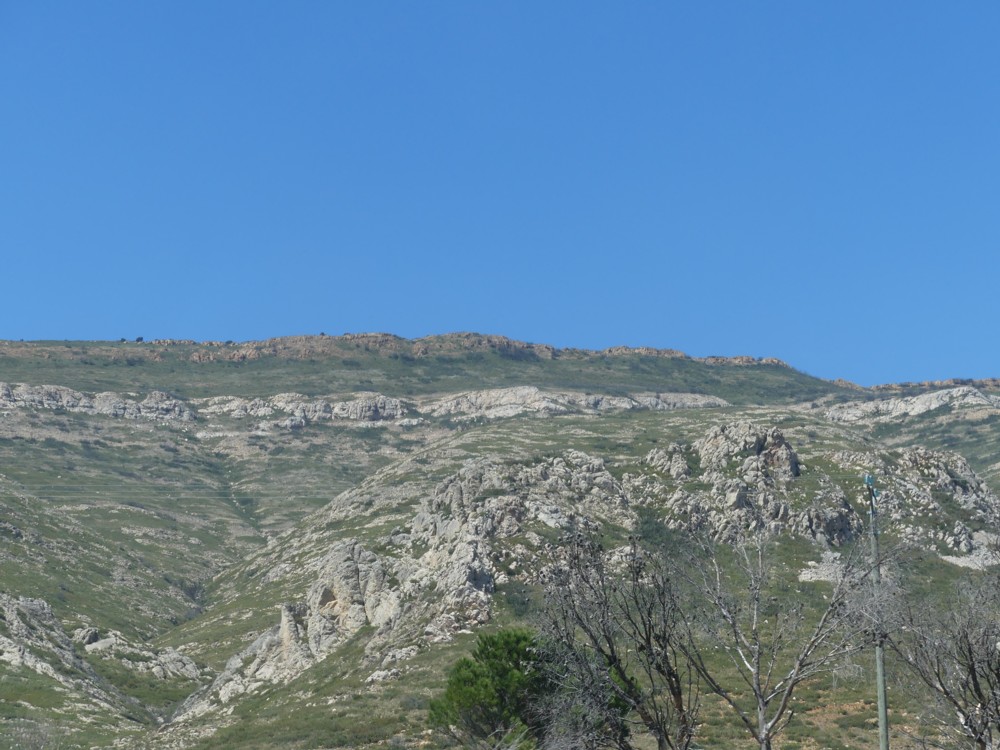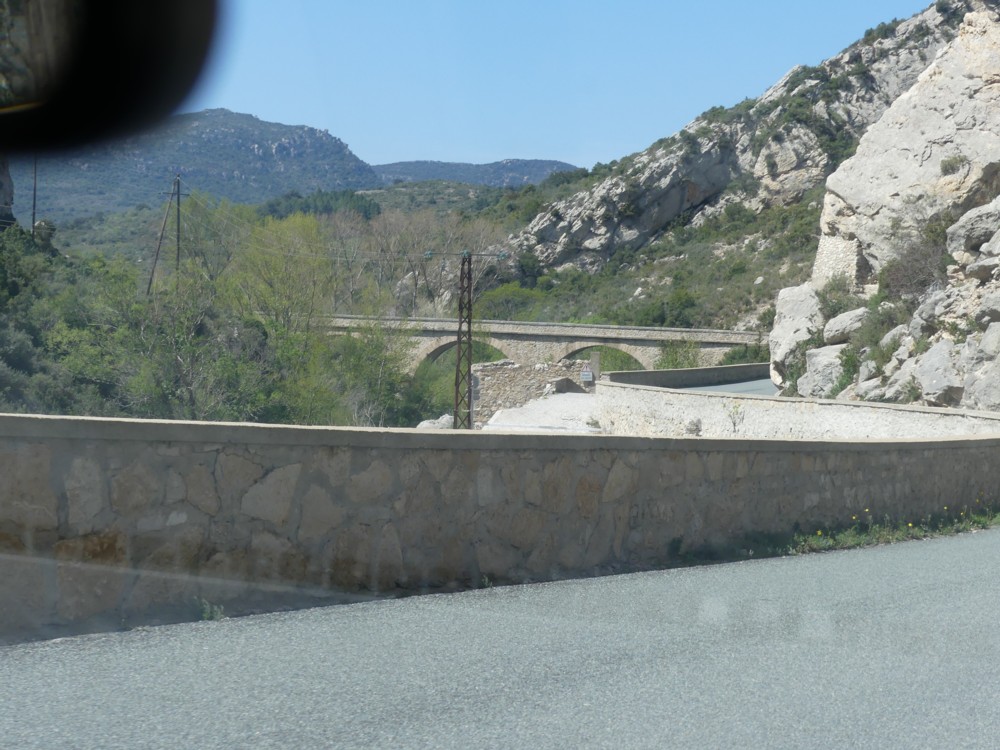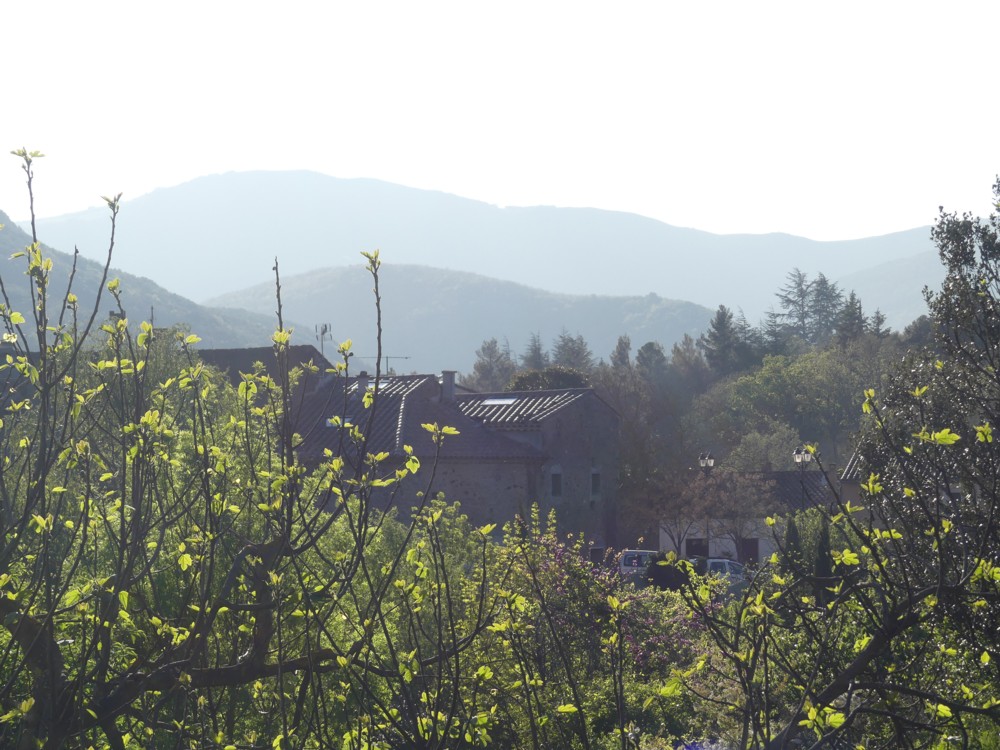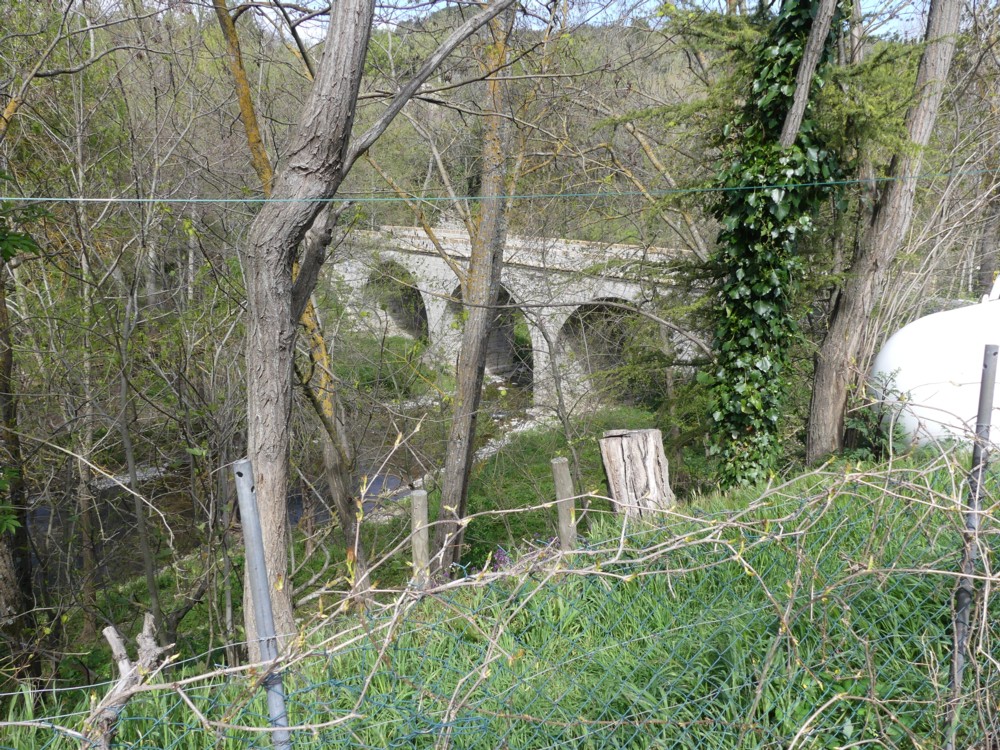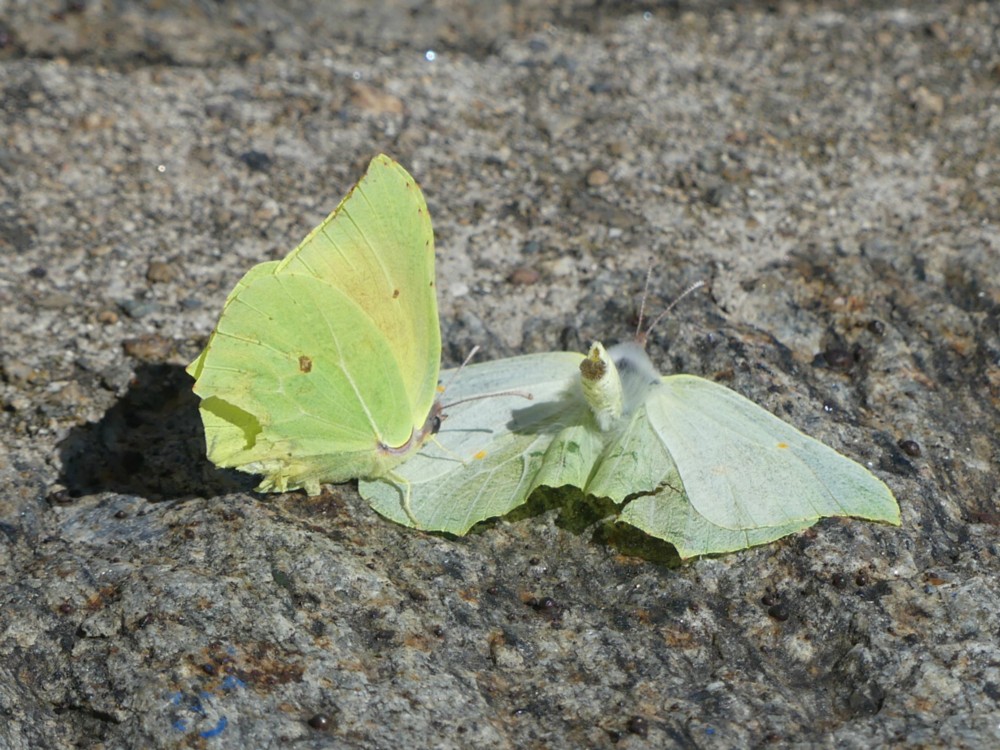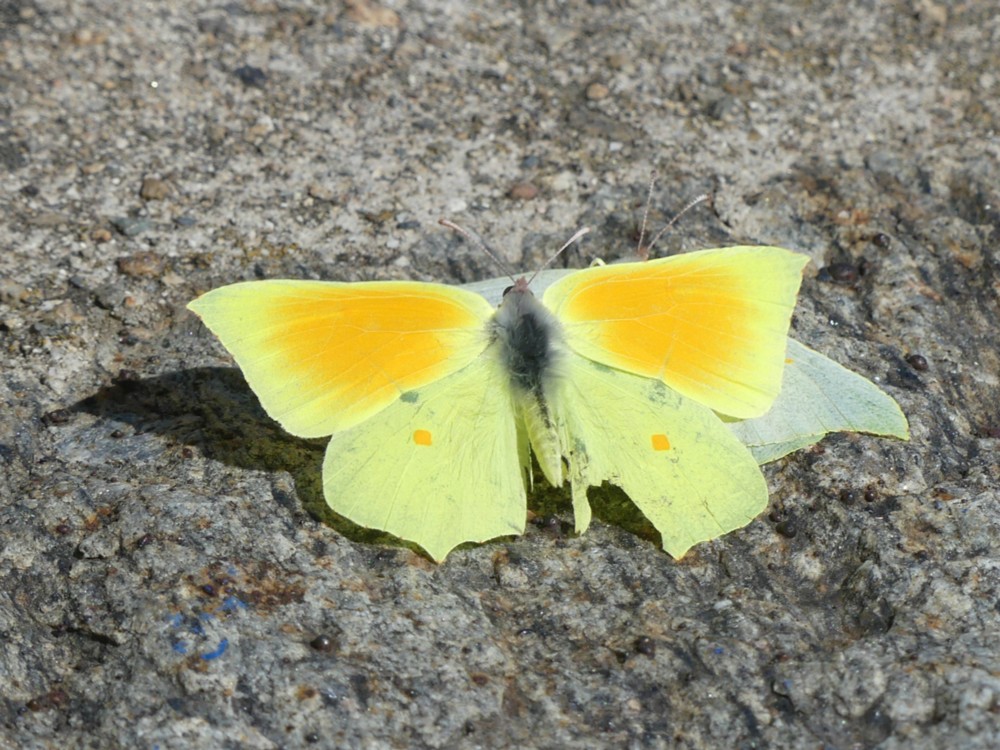In the part of France where GodDaughter2’s family live and with whom I recently stayed, there are two ways to make a car journey. You can take what looks like the long route, along two or even three sides of a motorway rectangle, only travelling on little roads when you have to, to get to and from the motorway. Or, you can attempt to travel more directly, along little roads, by the scenic route. The scenic route looks quicker on the map, at first glance. But the motorways are quicker because they always go straight where they’re going. They don’t wiggle back and forth up and down mountains, or get stuck in little villages.
I was taken on various car journeys during my stay, of both kinds. The trips involving airports were on motorways, as were others. But there were also various journeys along those scenic routes.
Here are a few of the many, many photos I took while on such expeditions:
The thing is, France is (see above) big.
On one of these expeditions we drove for about four hours, hither and thither, up and down, through kilometre upon kilometre of gorgeous scenery, encountering about three other oncoming vehicles per hour. We crossed over numerous bridges as we switched from going down or up one side of a valley to going up or down the other side of the same valley, often able to see past nearby trees to distant mountains, but often not, passing through and sometimes stopping in towns or villages with orange tiled roofs.
Countryside in England of this desirability, in weather like this, would be swarming with motorists, all making it impossible for each other to have a good time. In the south of France, where this sort of weather is only average (too cold and windy) and where they have endless supplies of such scenery, we had the entire route pretty much to ourselves.
Also, in England, if you were to drive for half a day at the slowish but steady speed we were able to drive scenically in France, you’d take a visible bite into the map of England. In France, such a trip doesn’t register, nationally speaking. You’ve gone from this little place here, to this next little place right next to the first place, here, two milimetres away. As an exercise in crossing France, forget it. You have made no progress at all.
It’s not just places like America, Africa and India that are big. Compared to England, France is big too.

